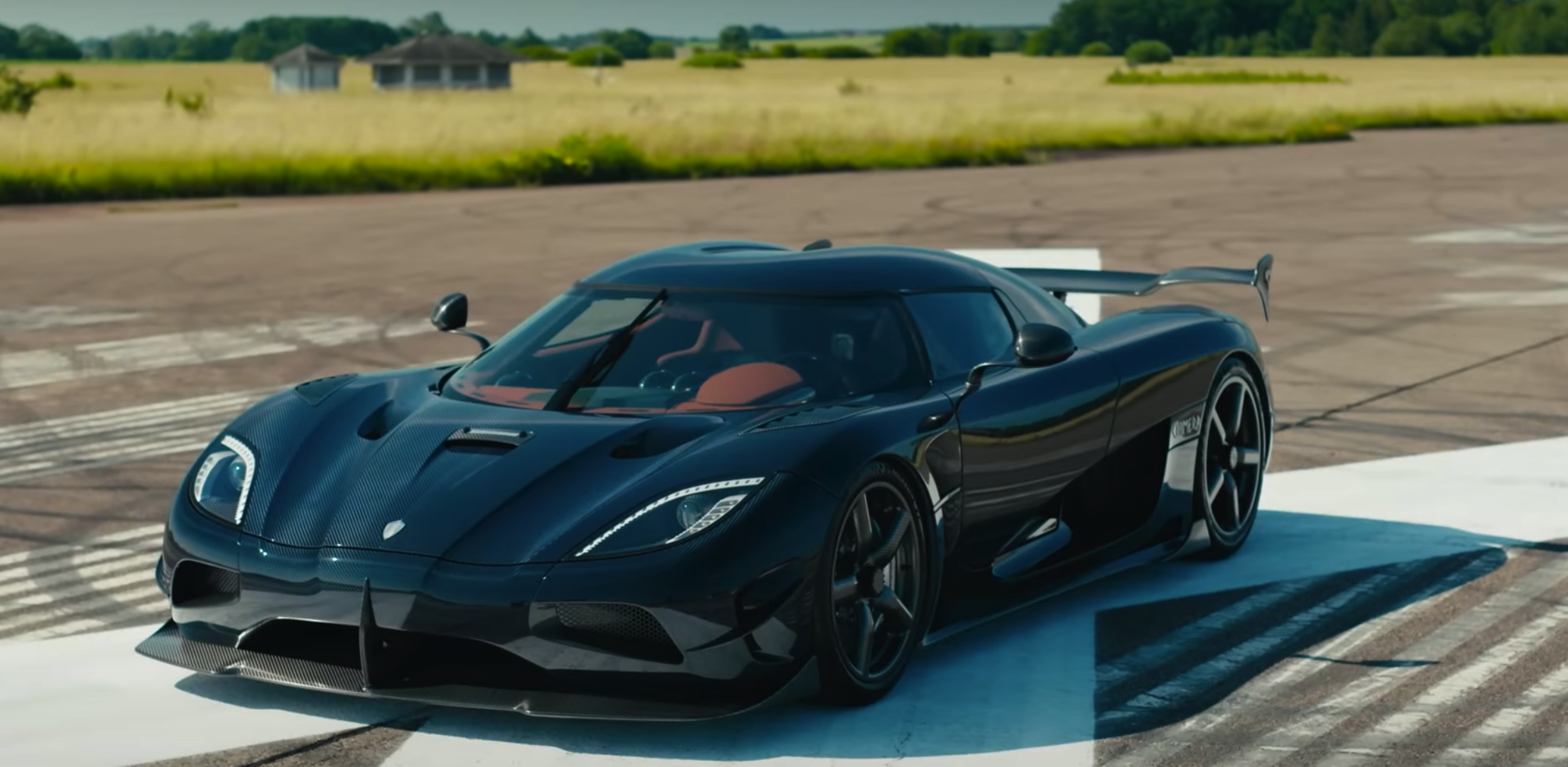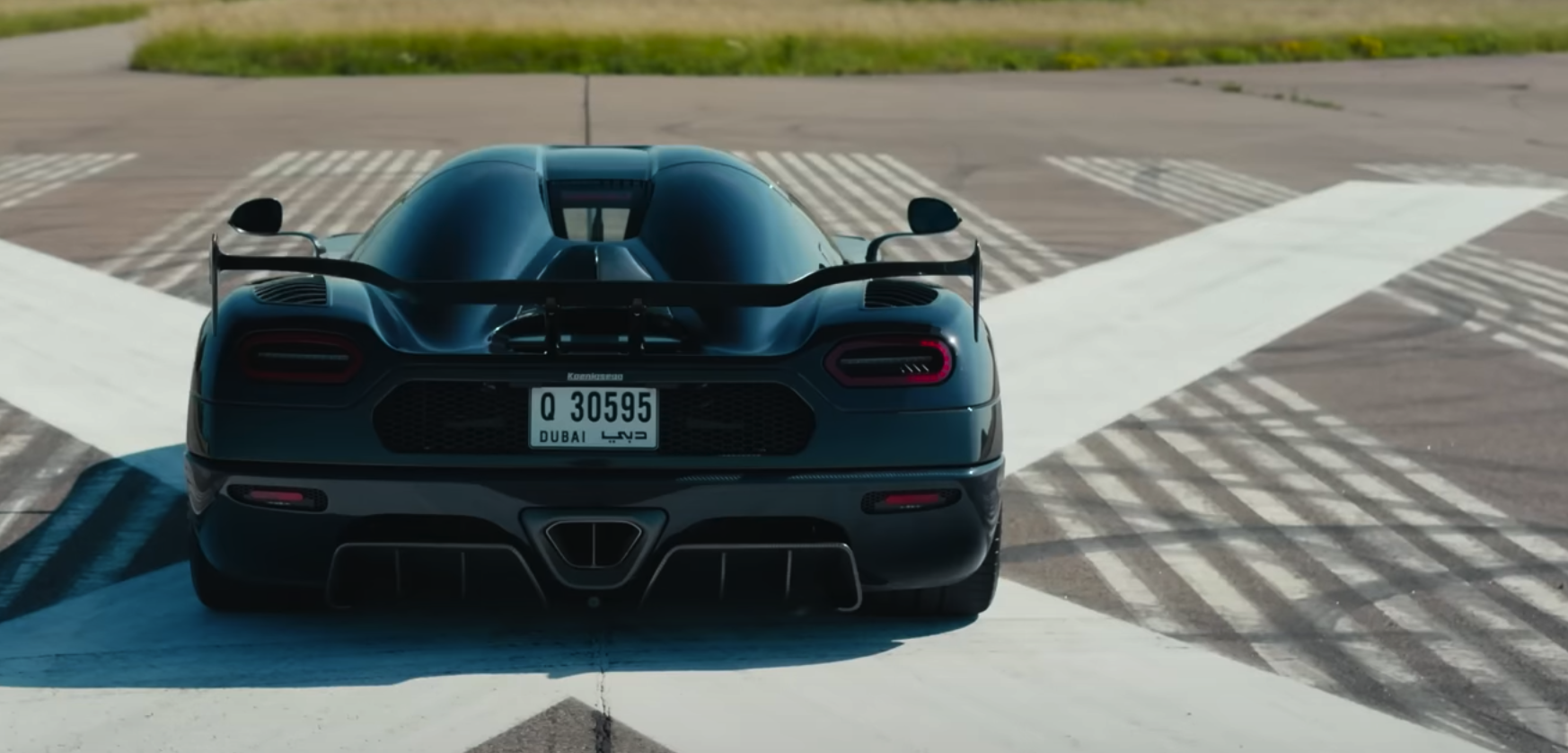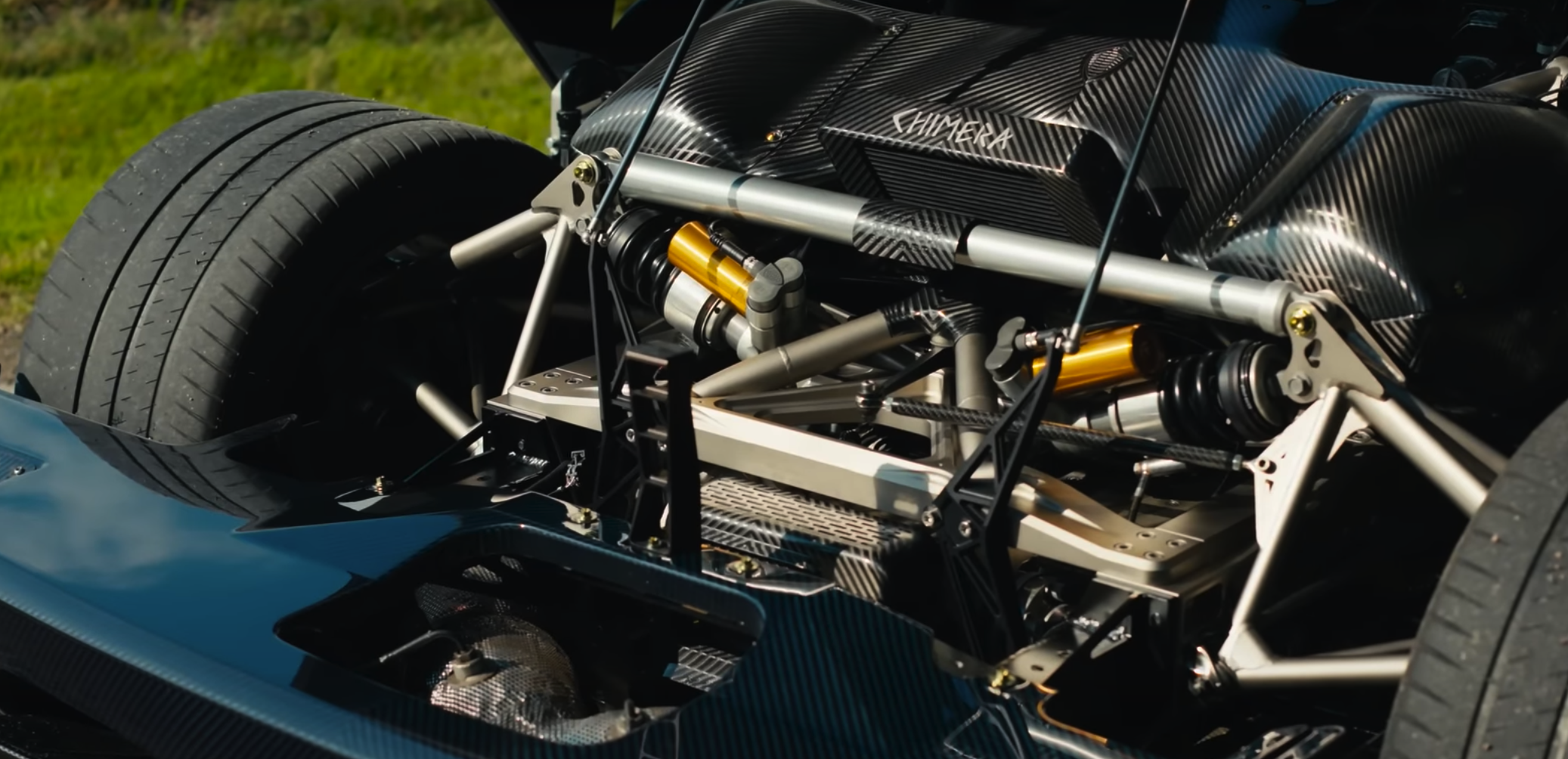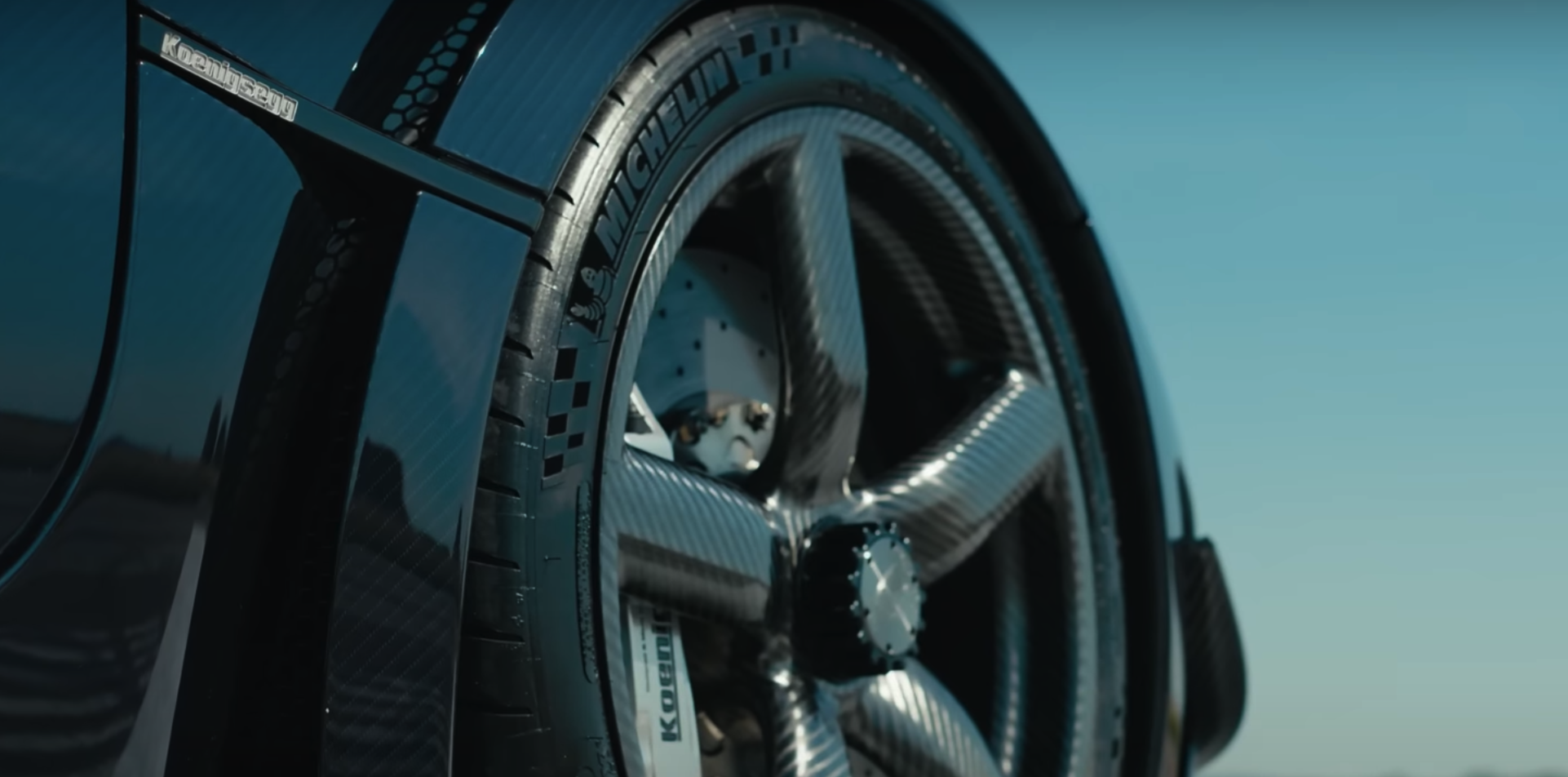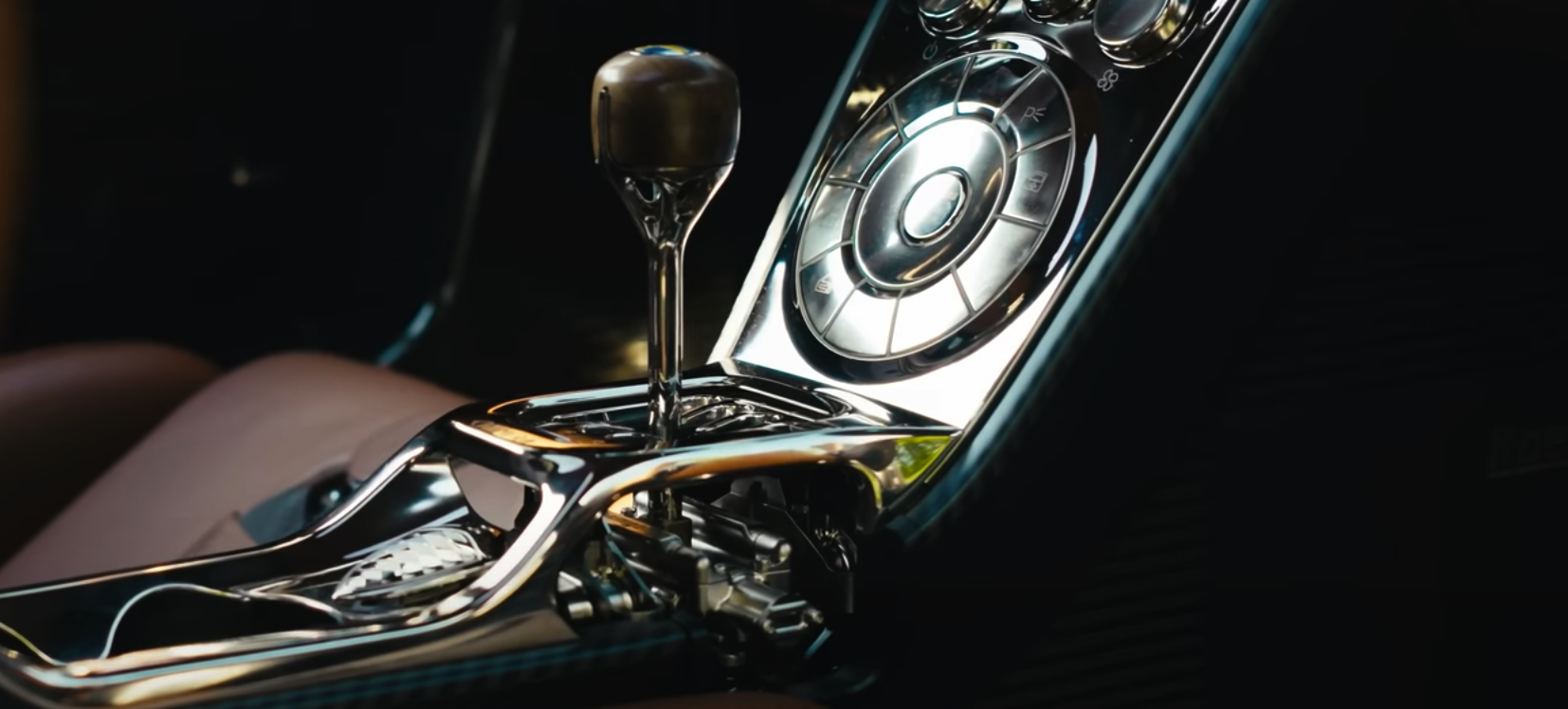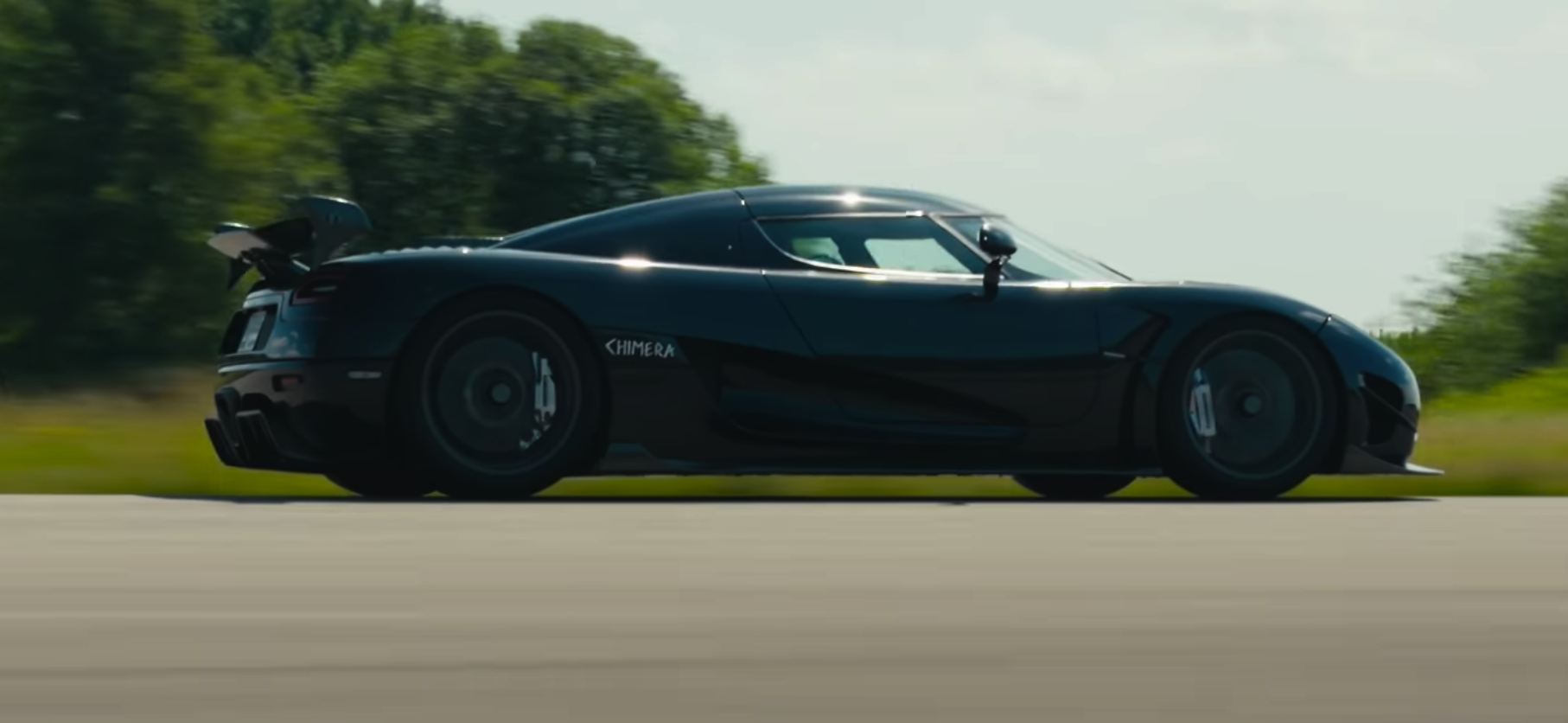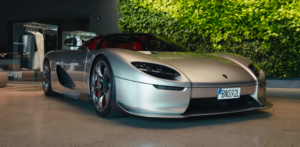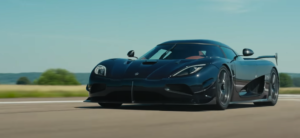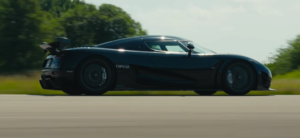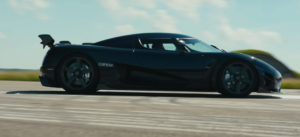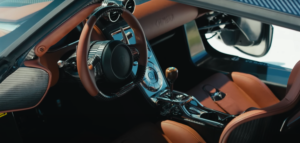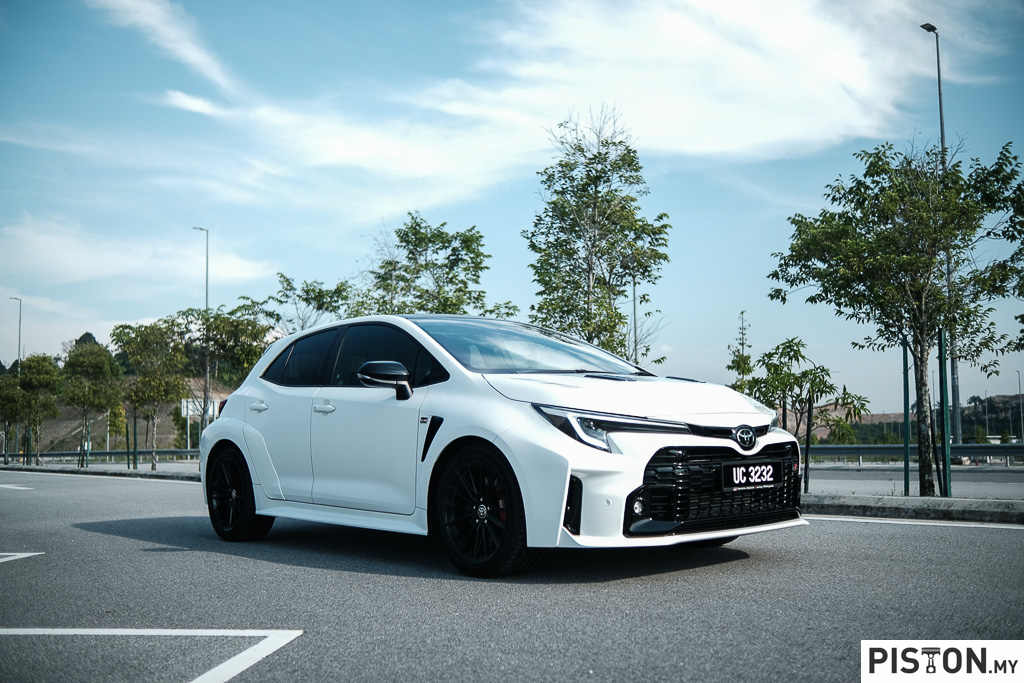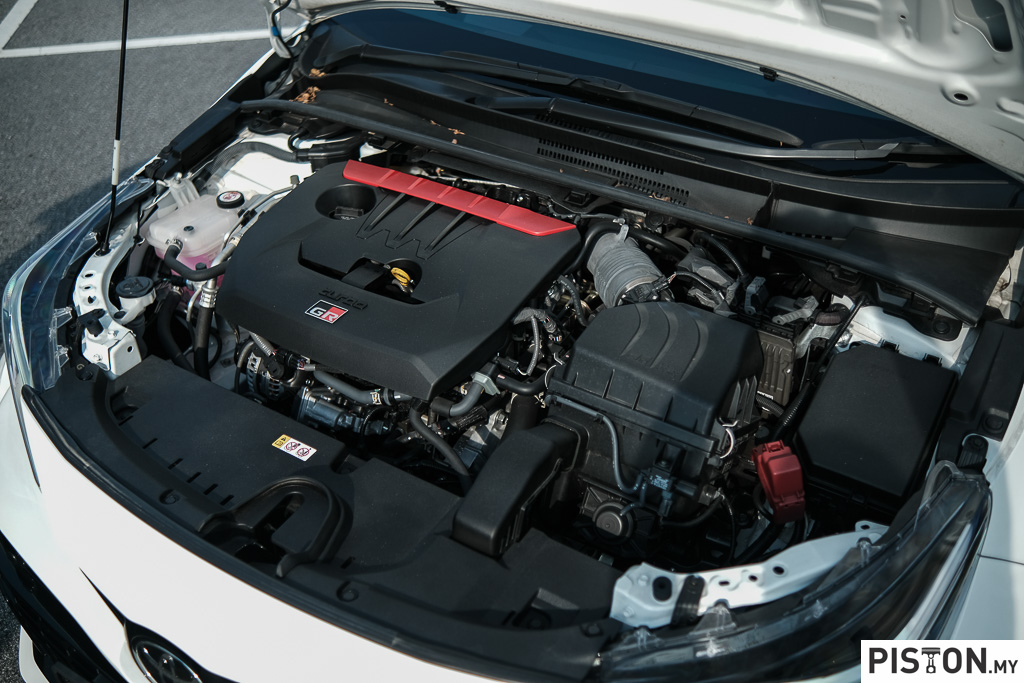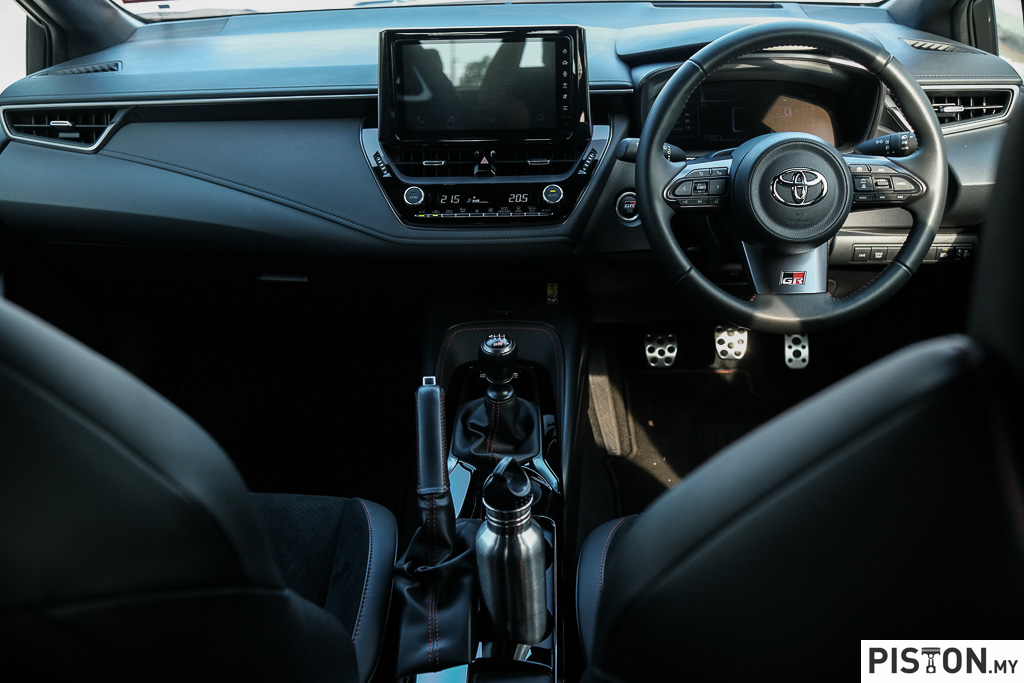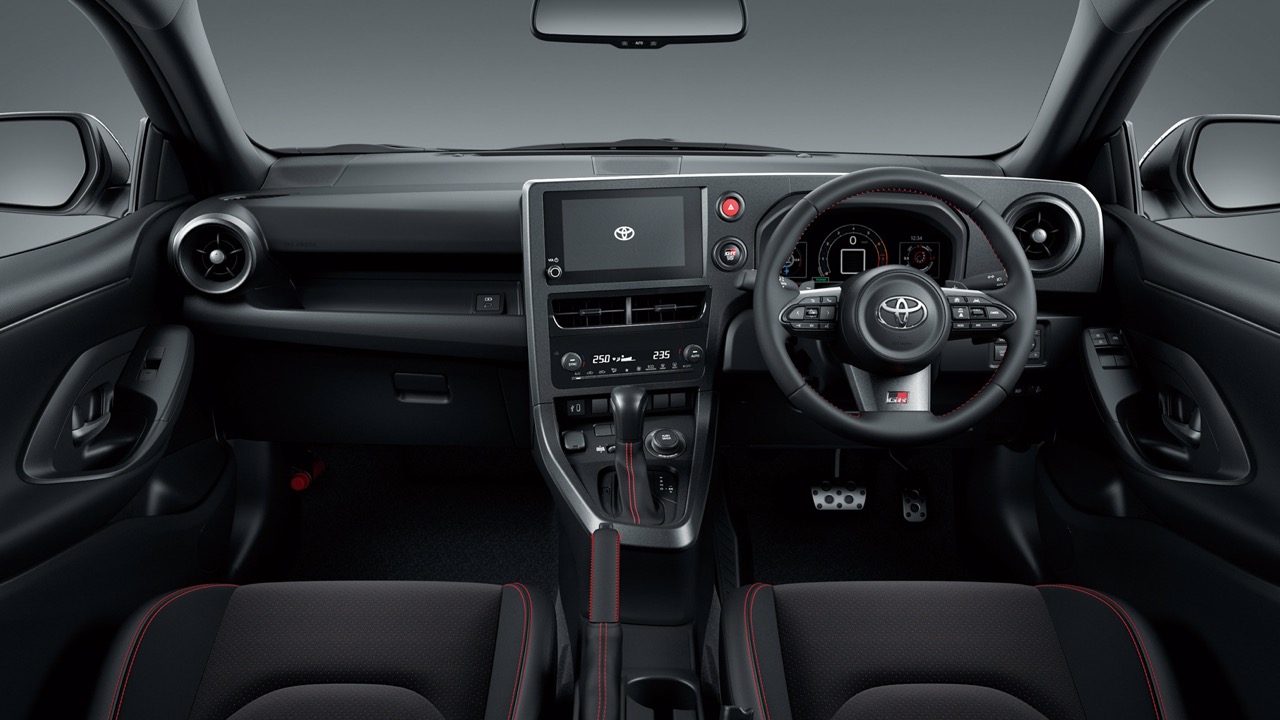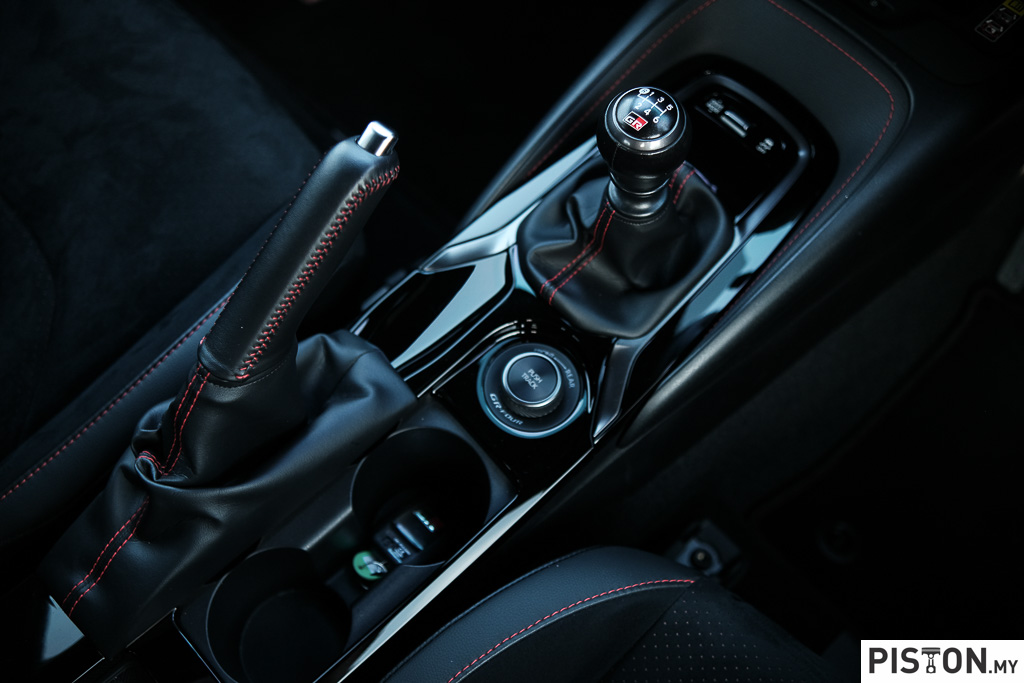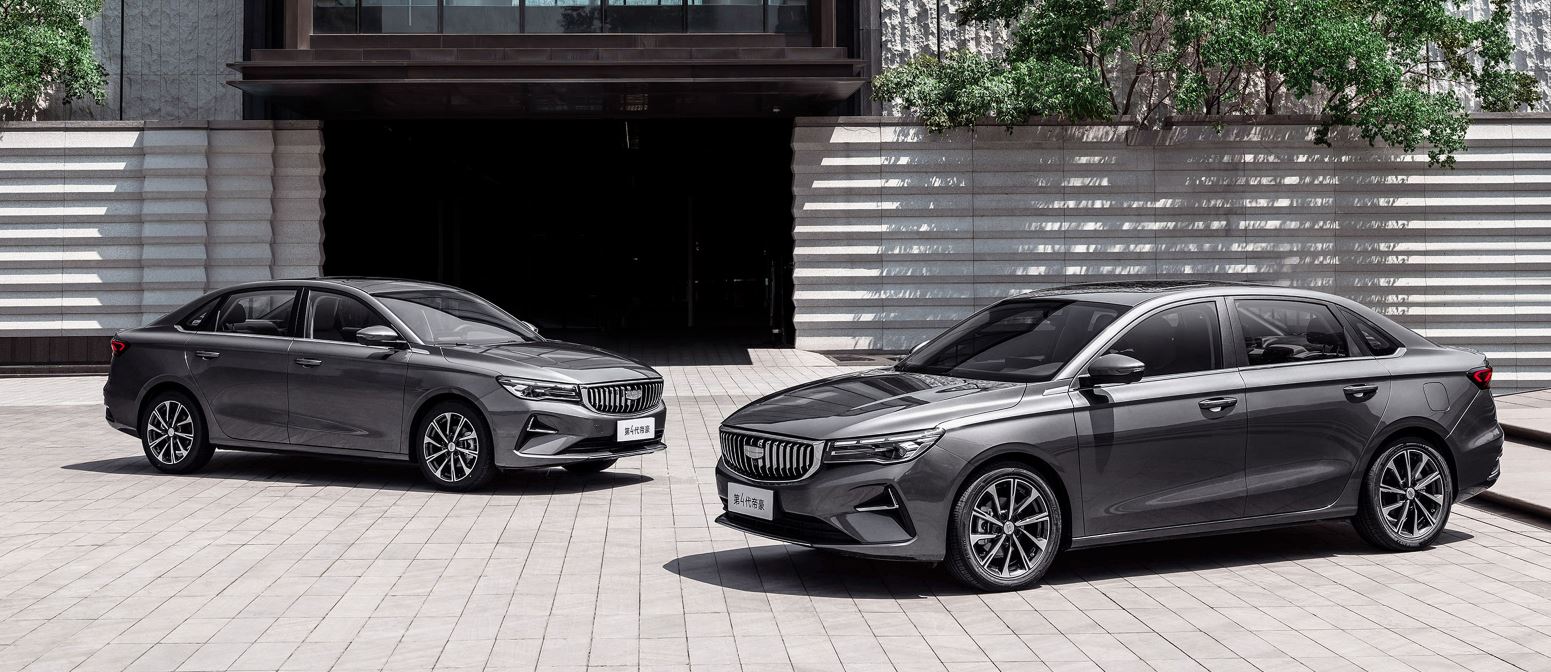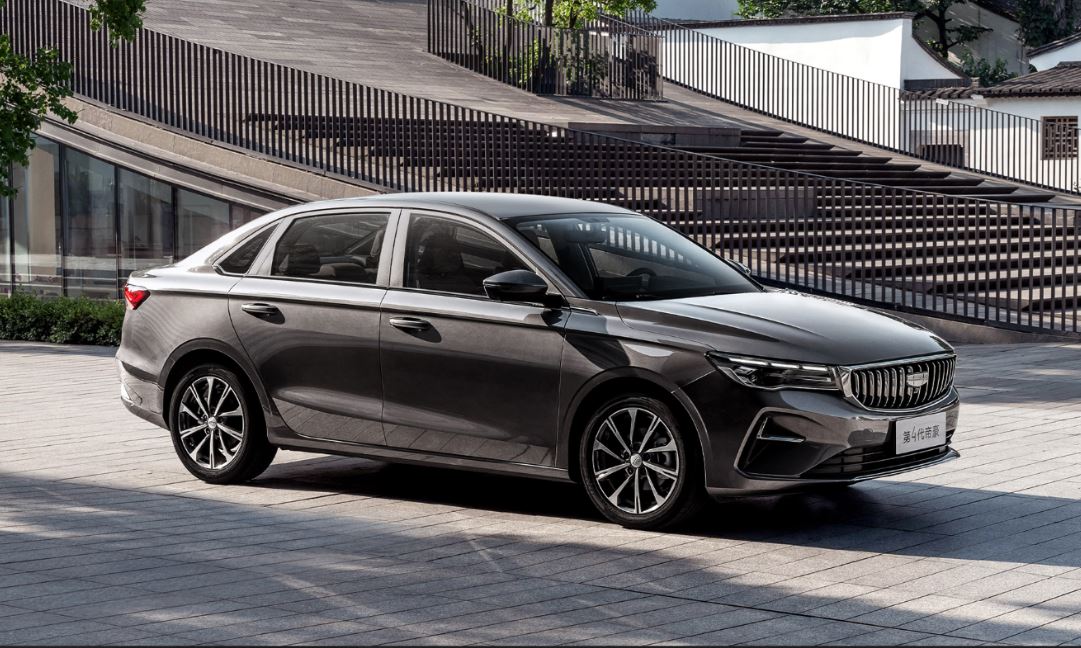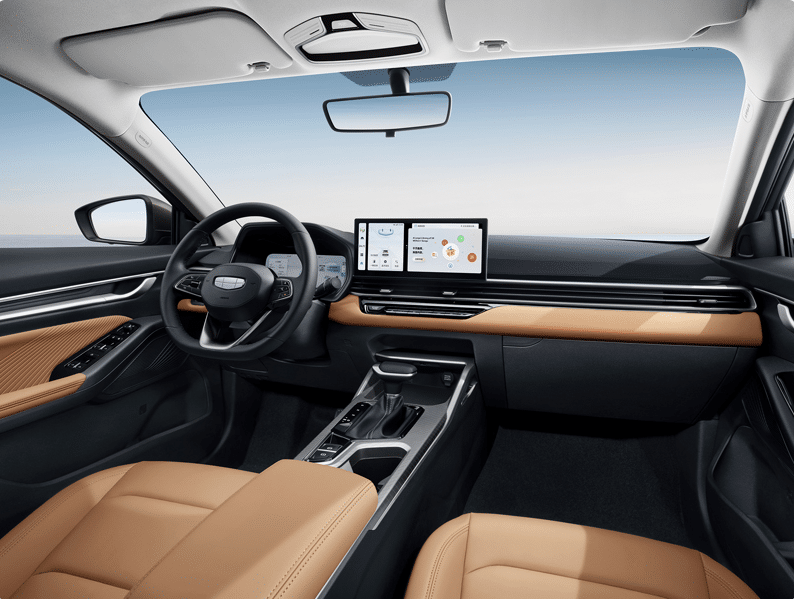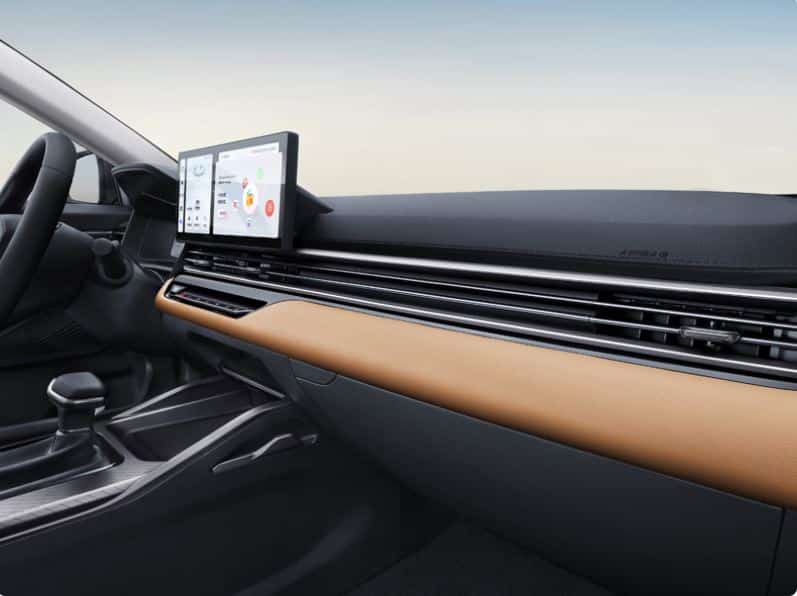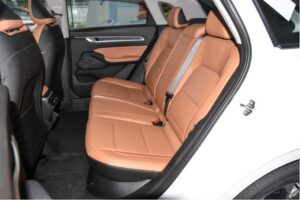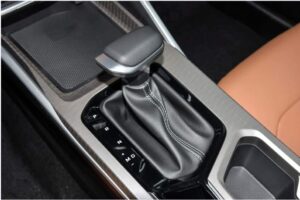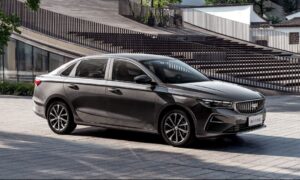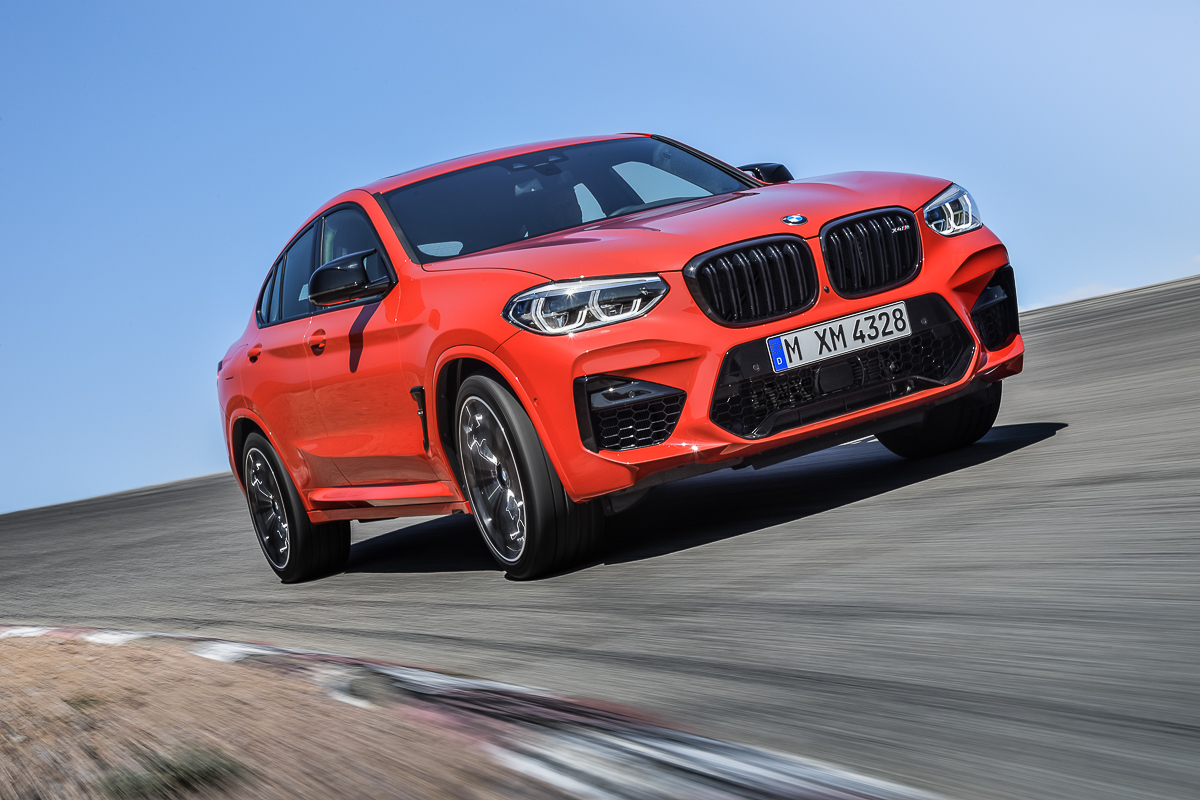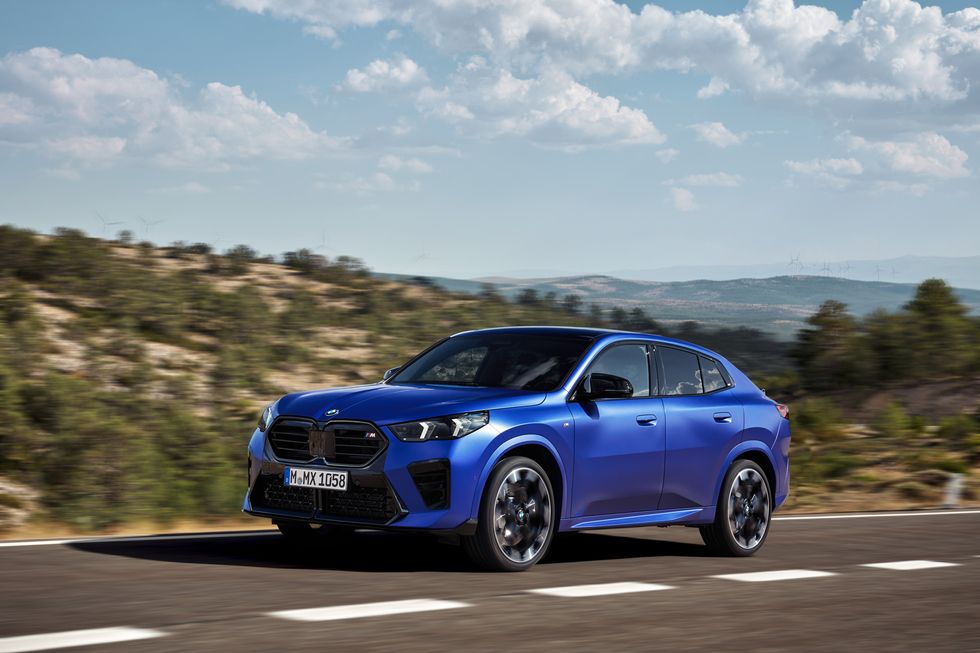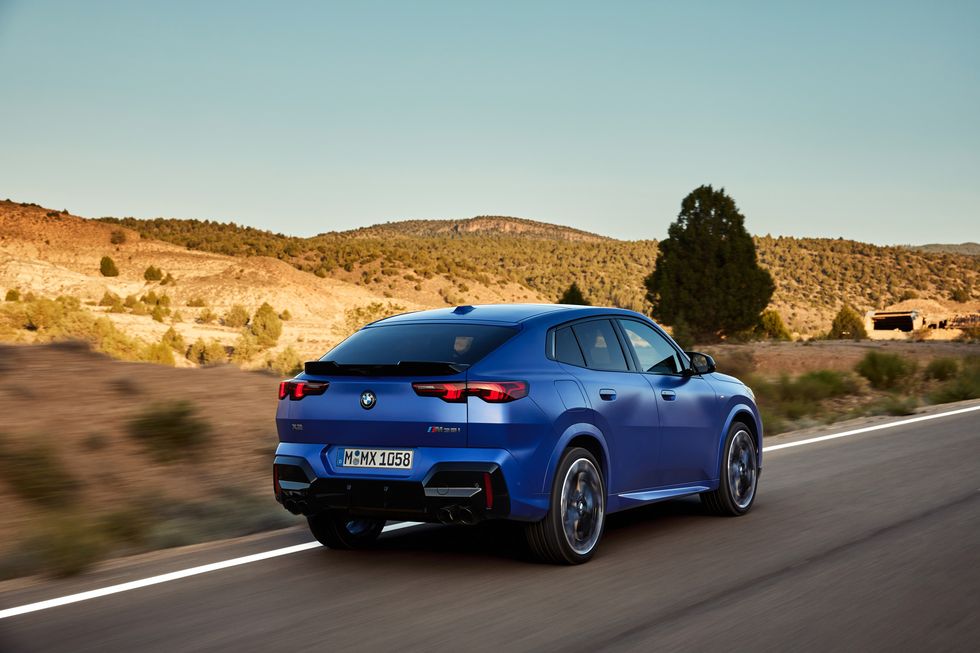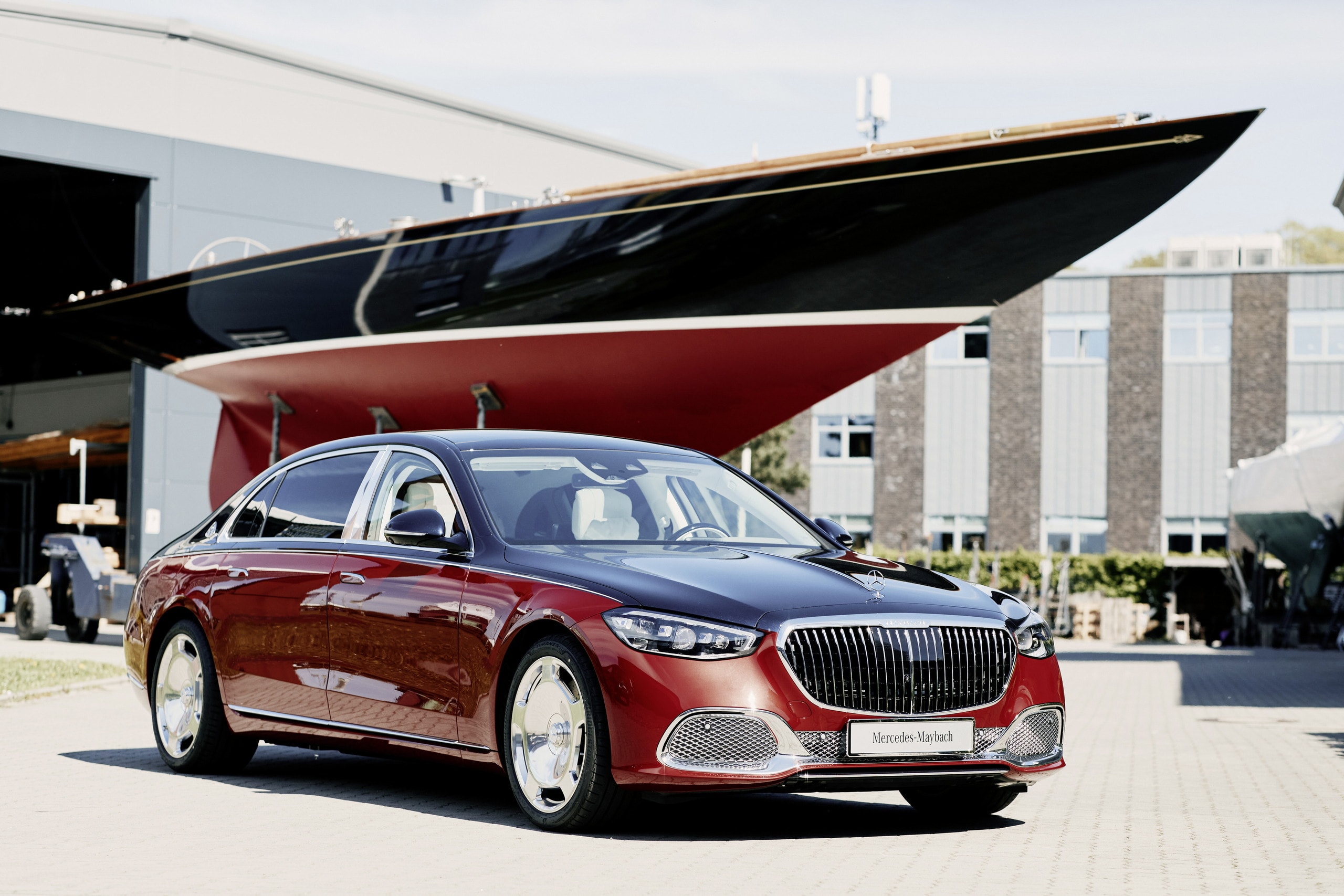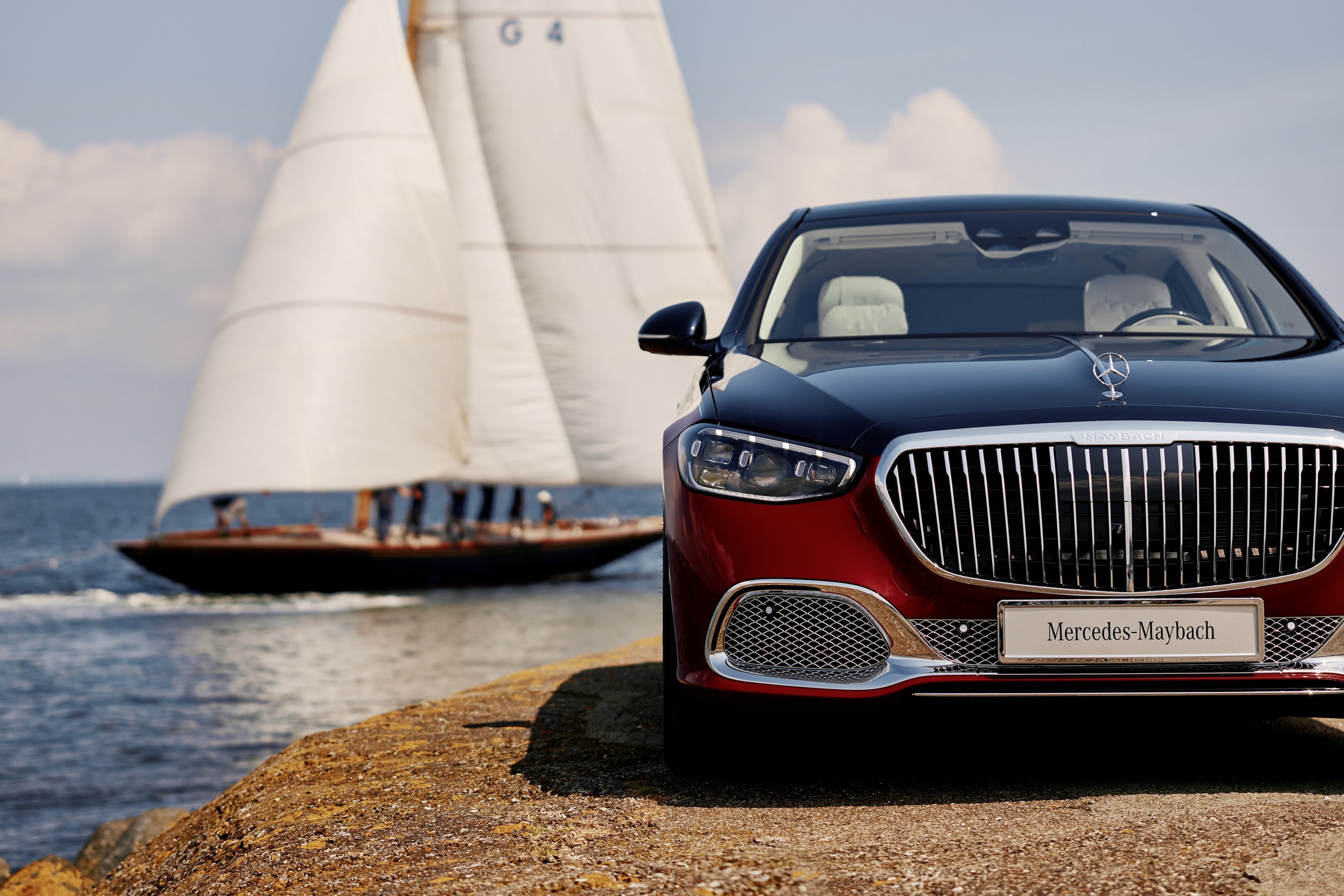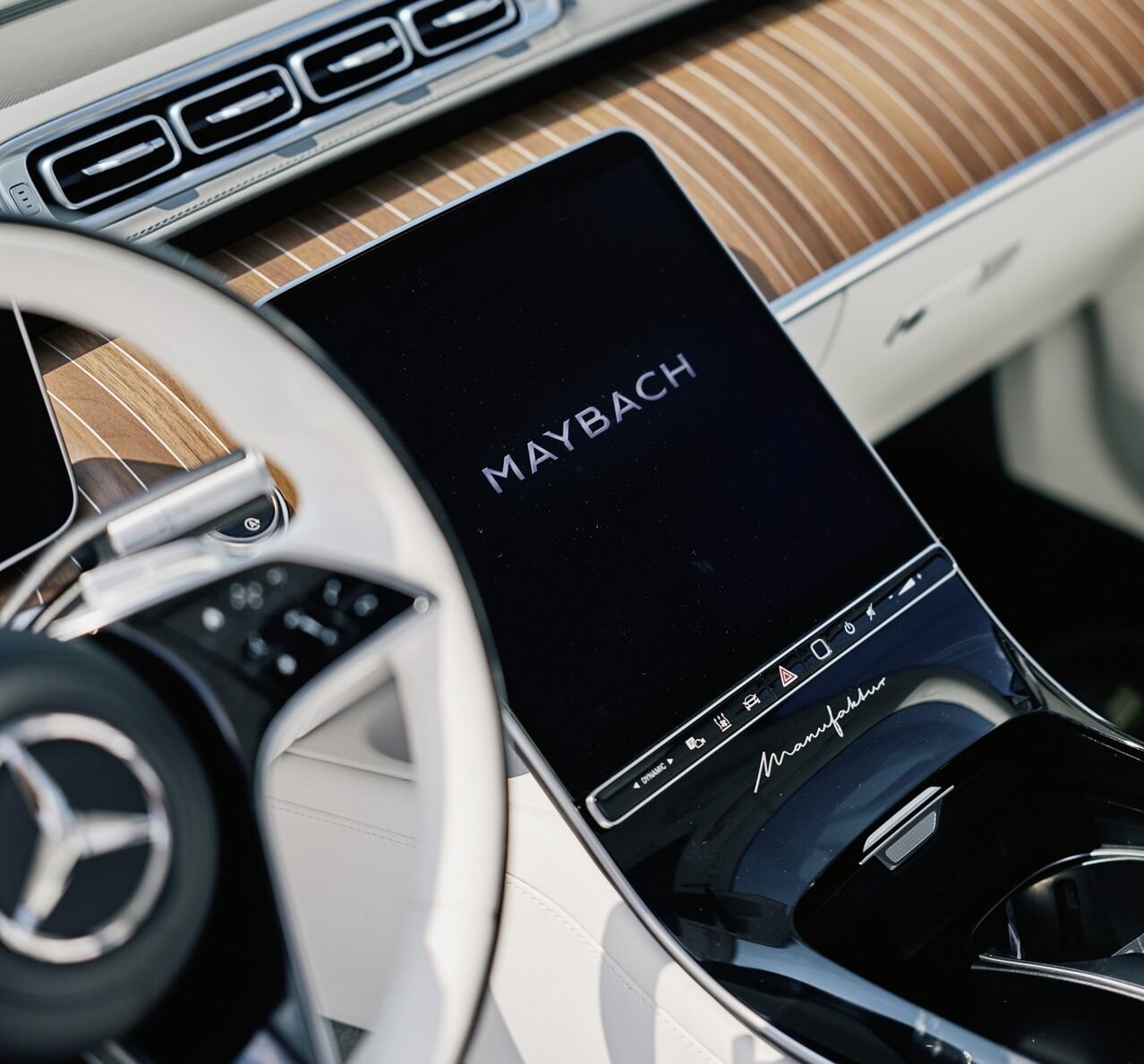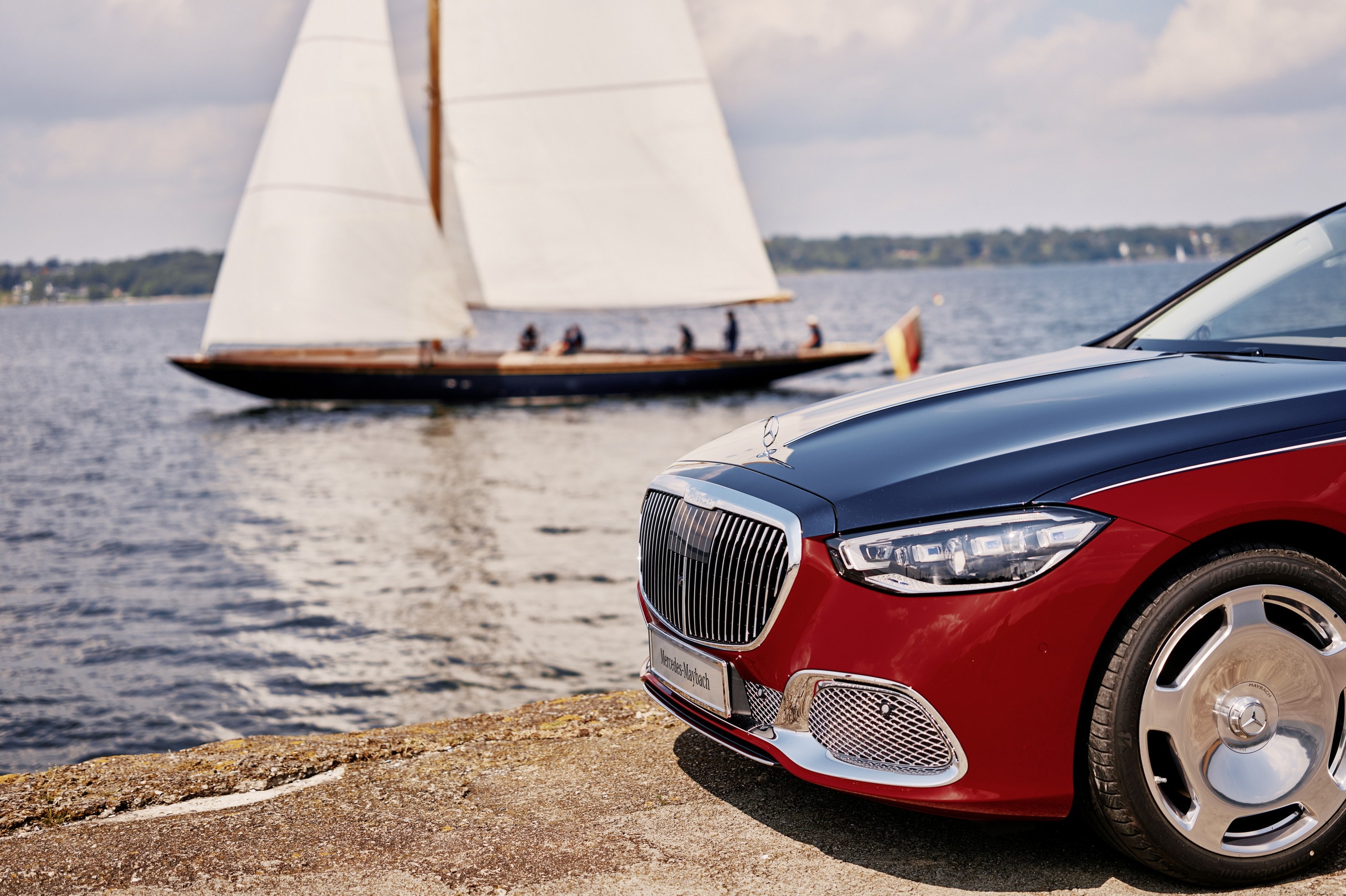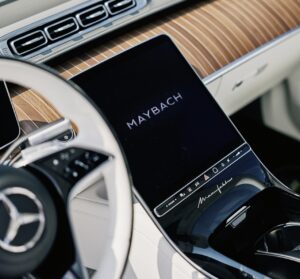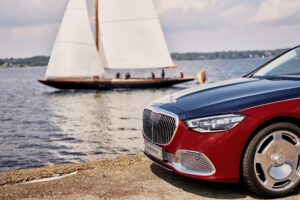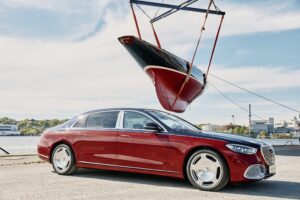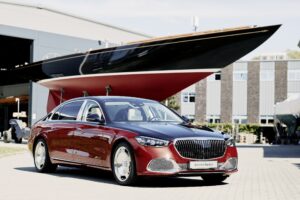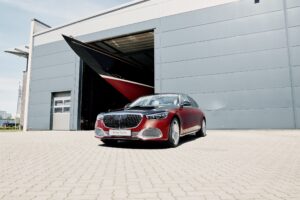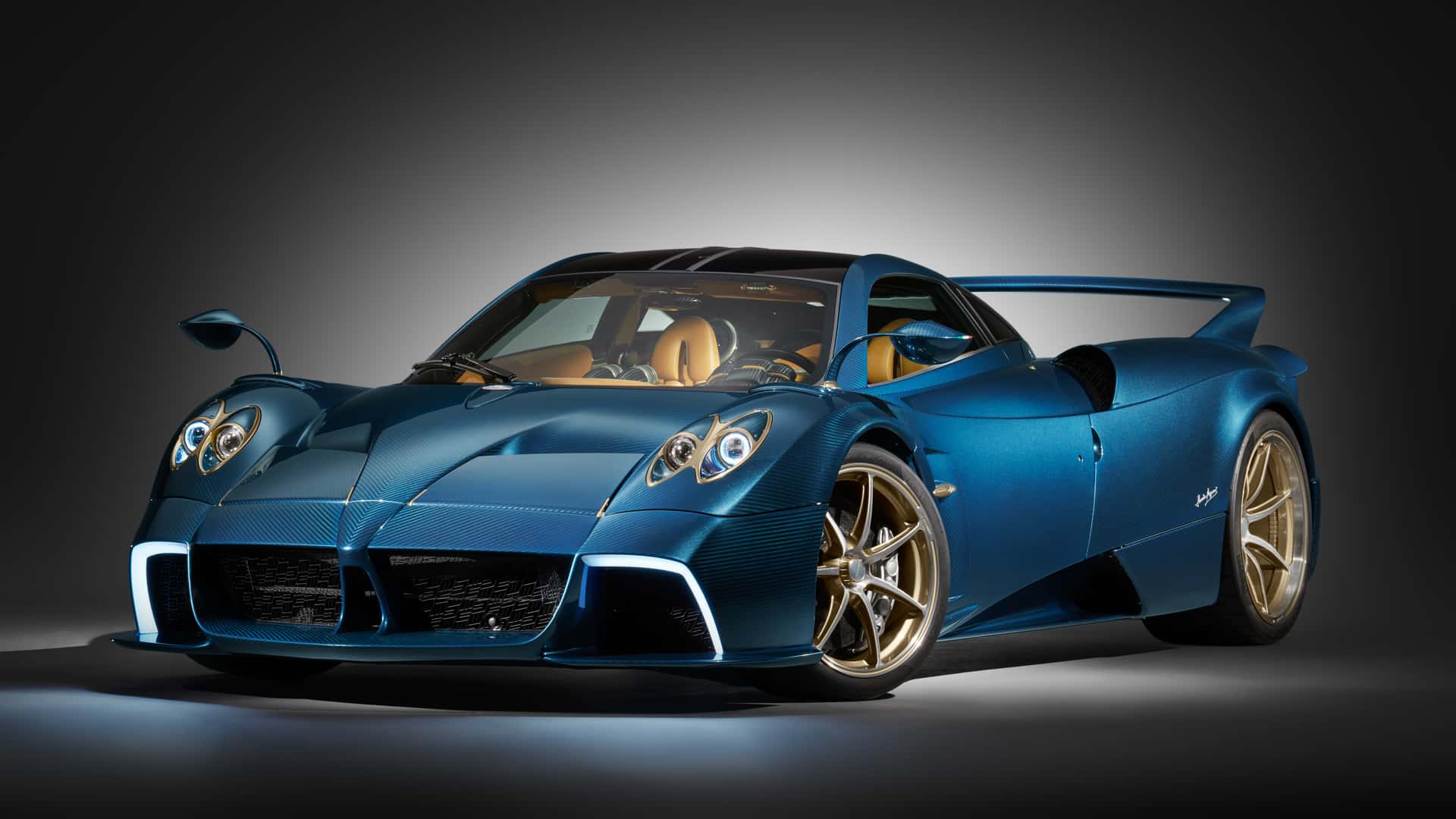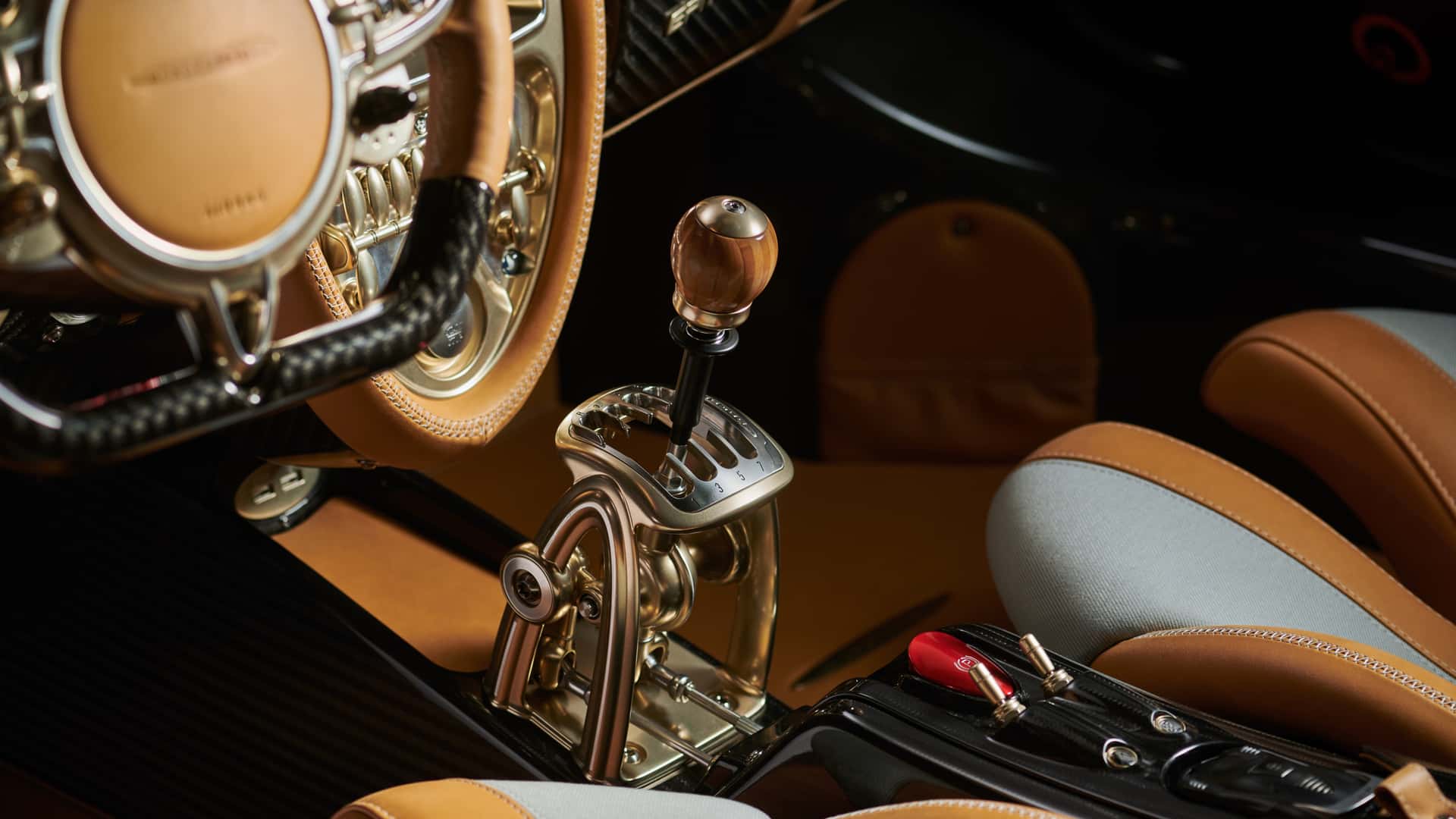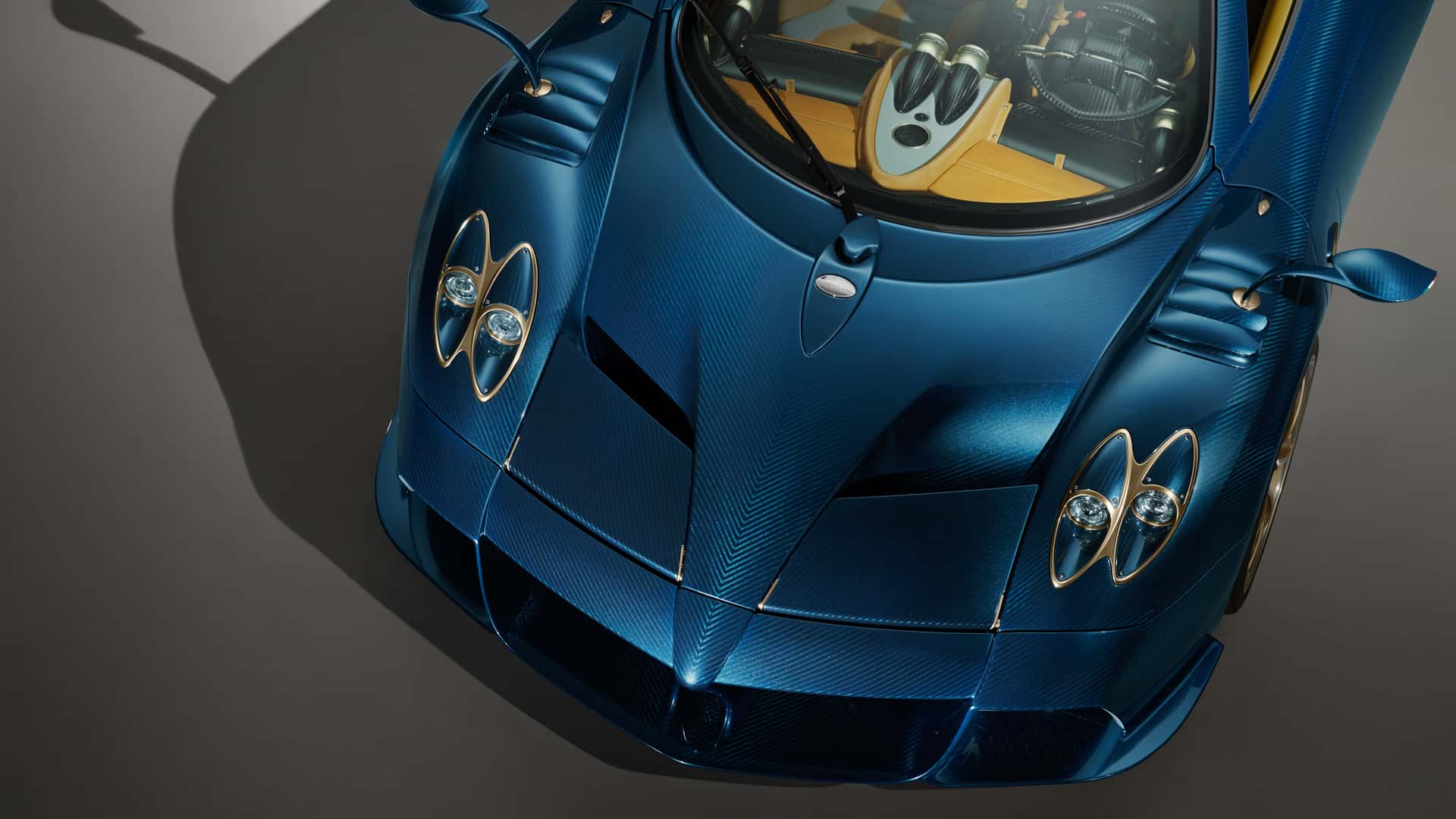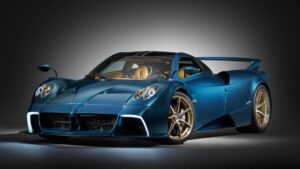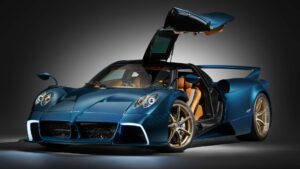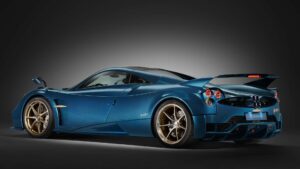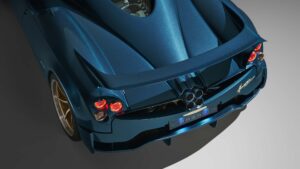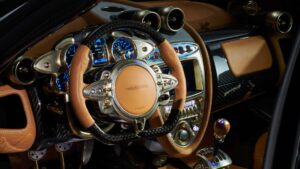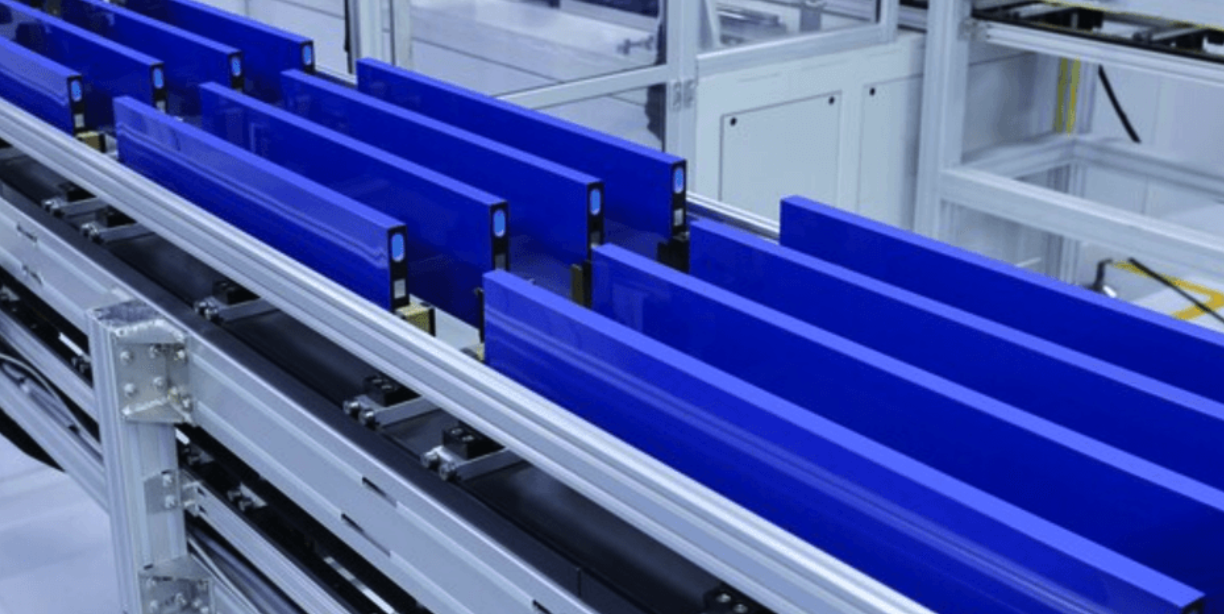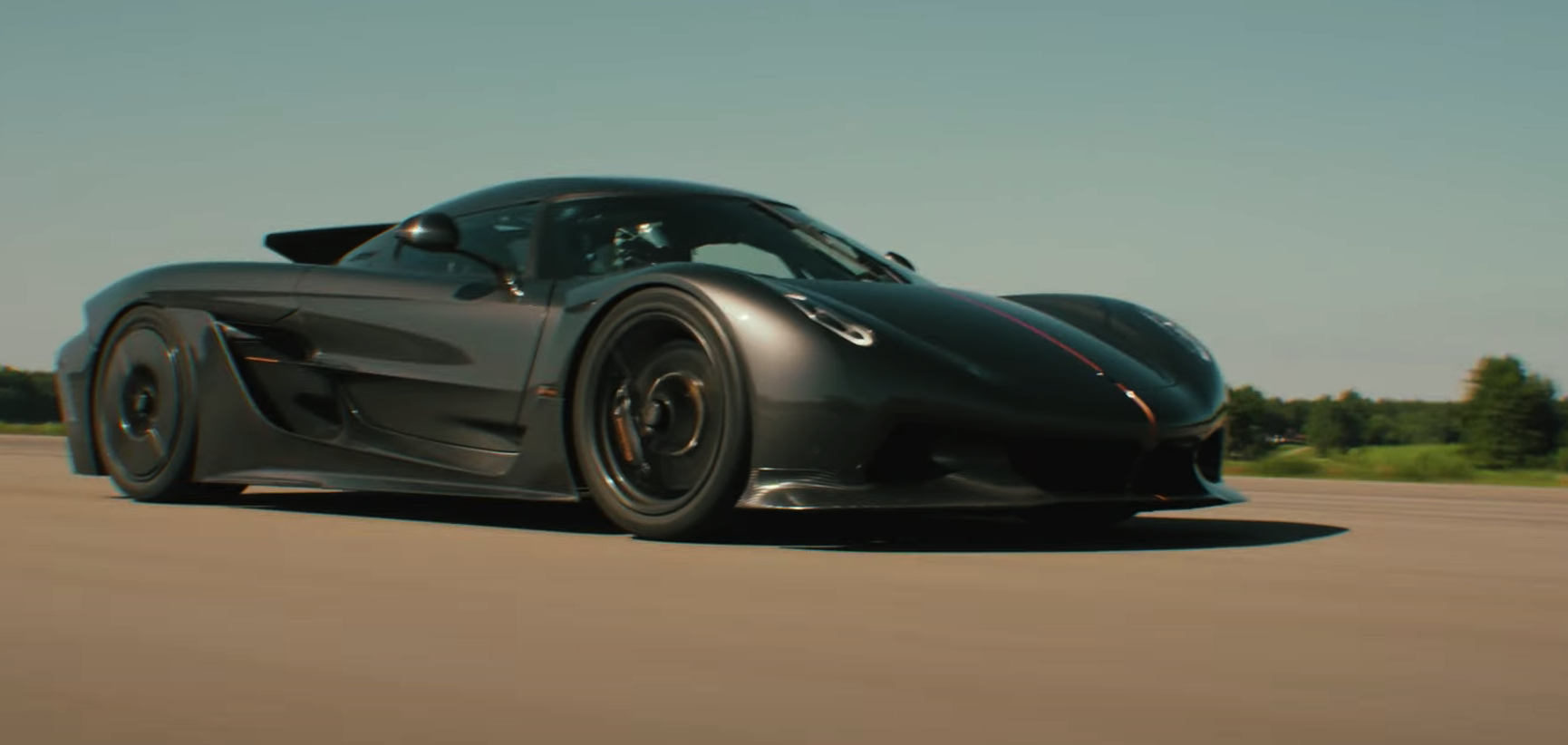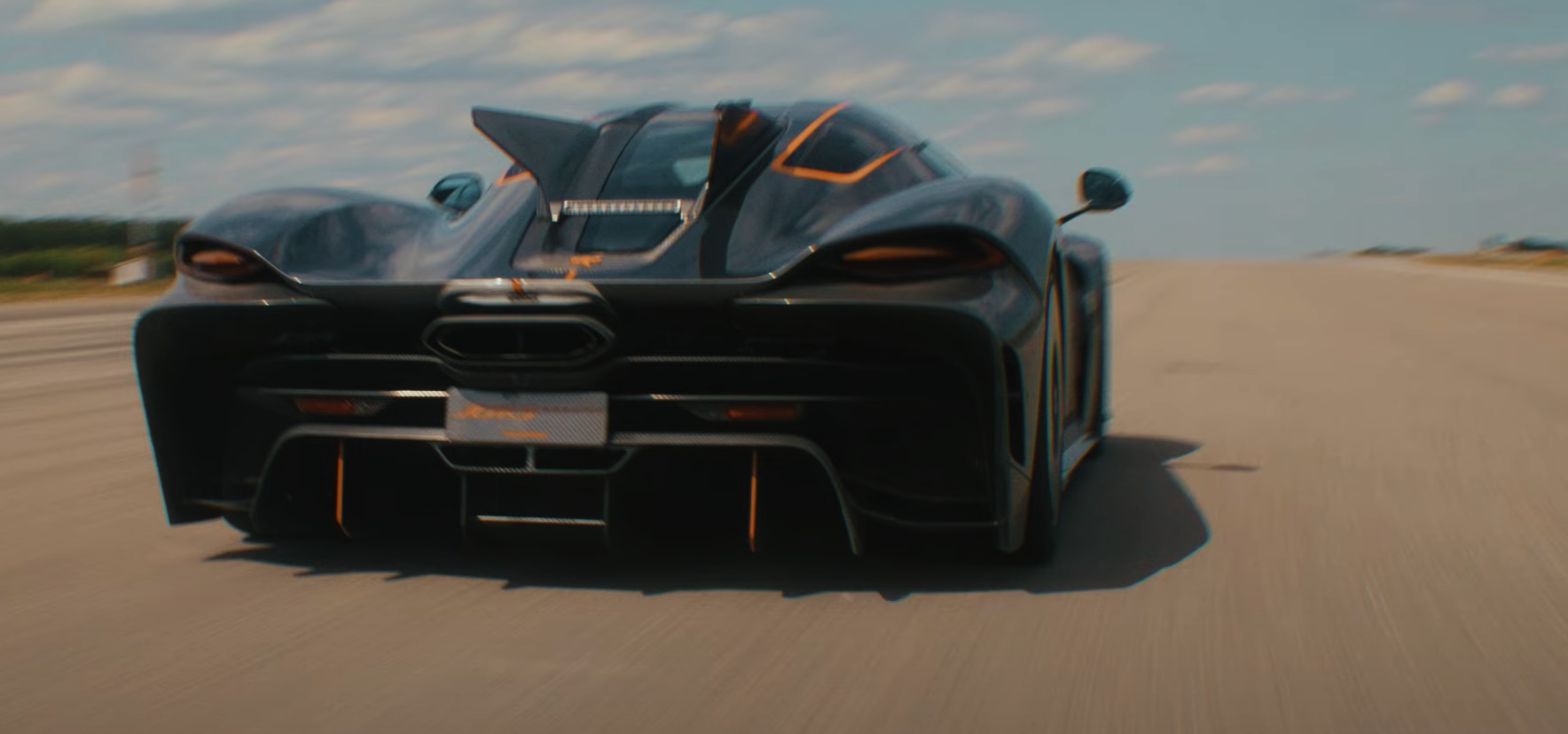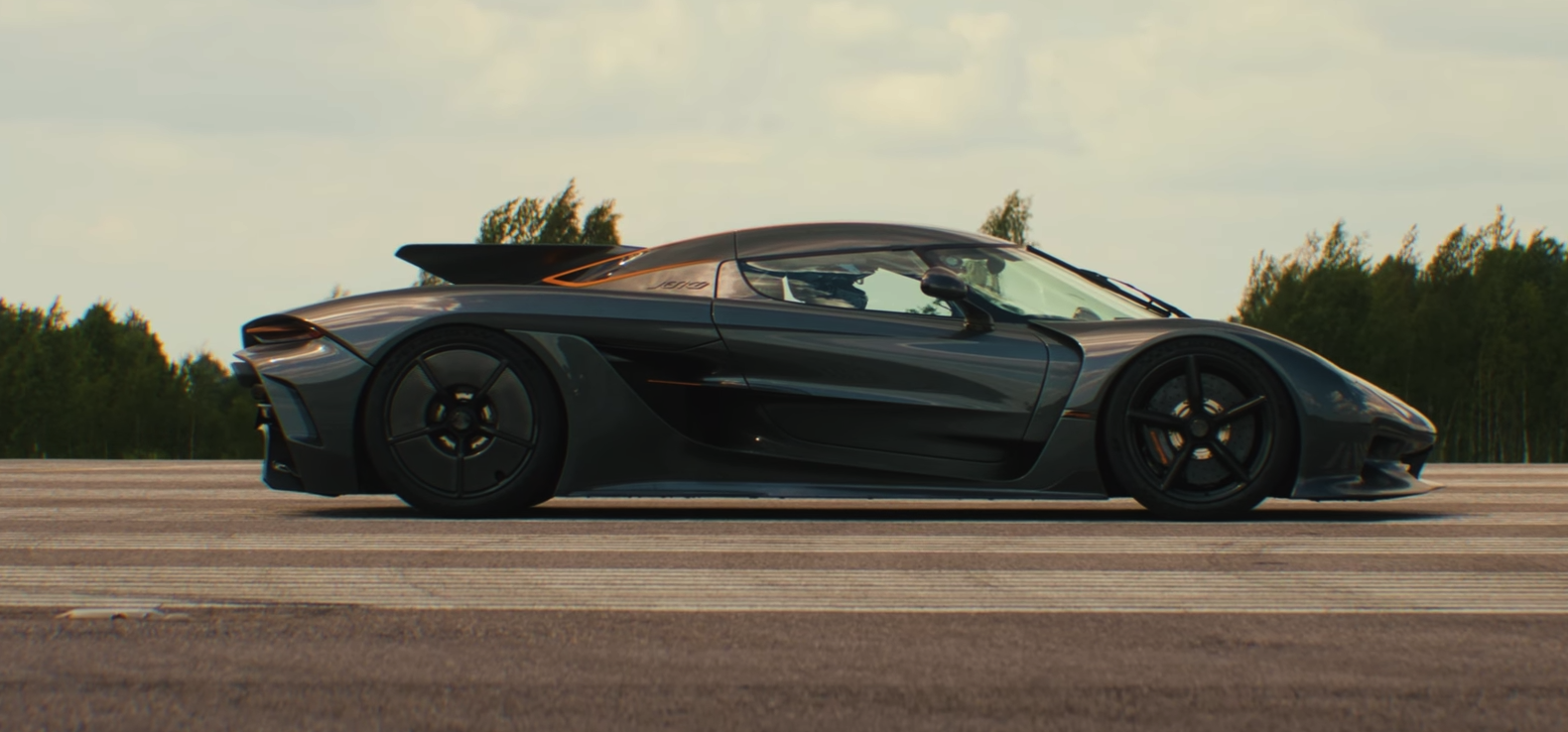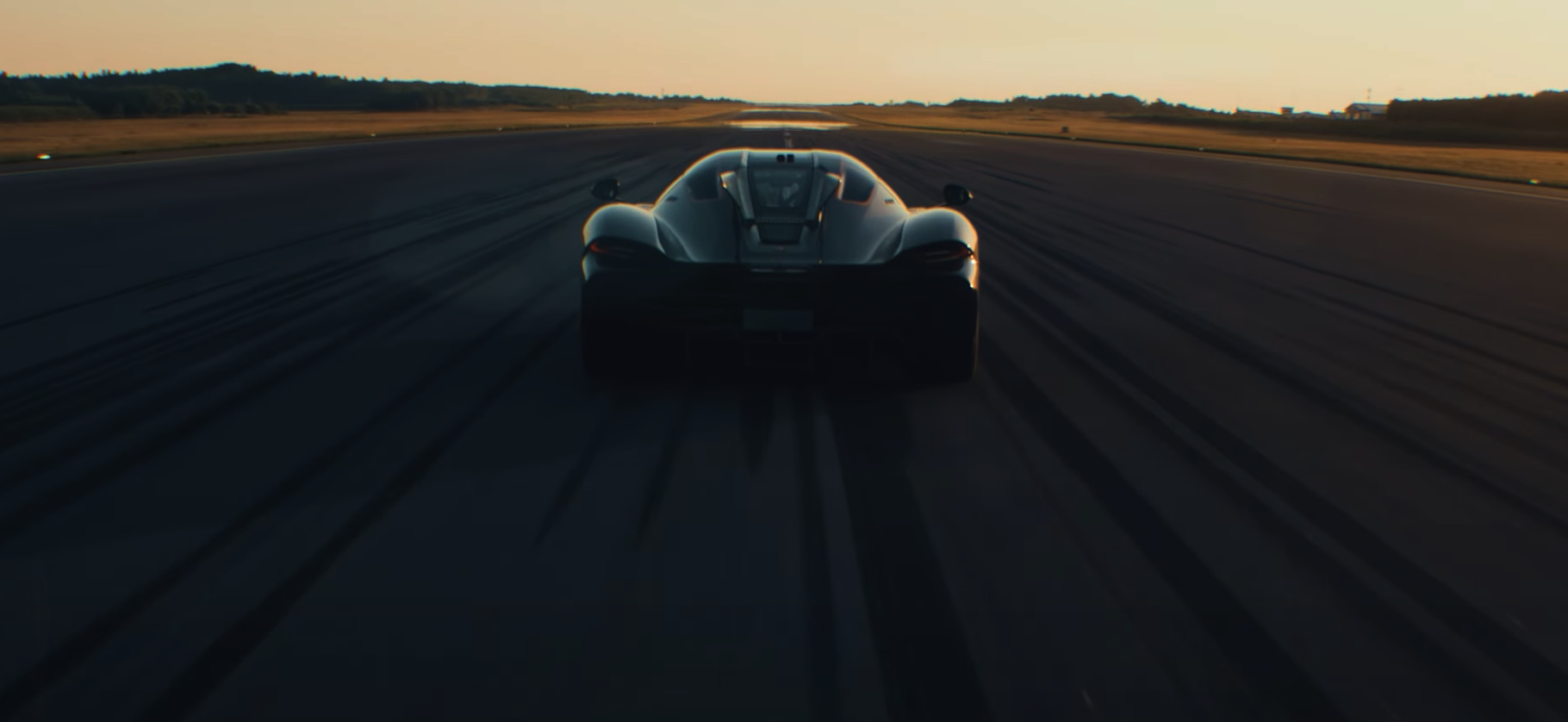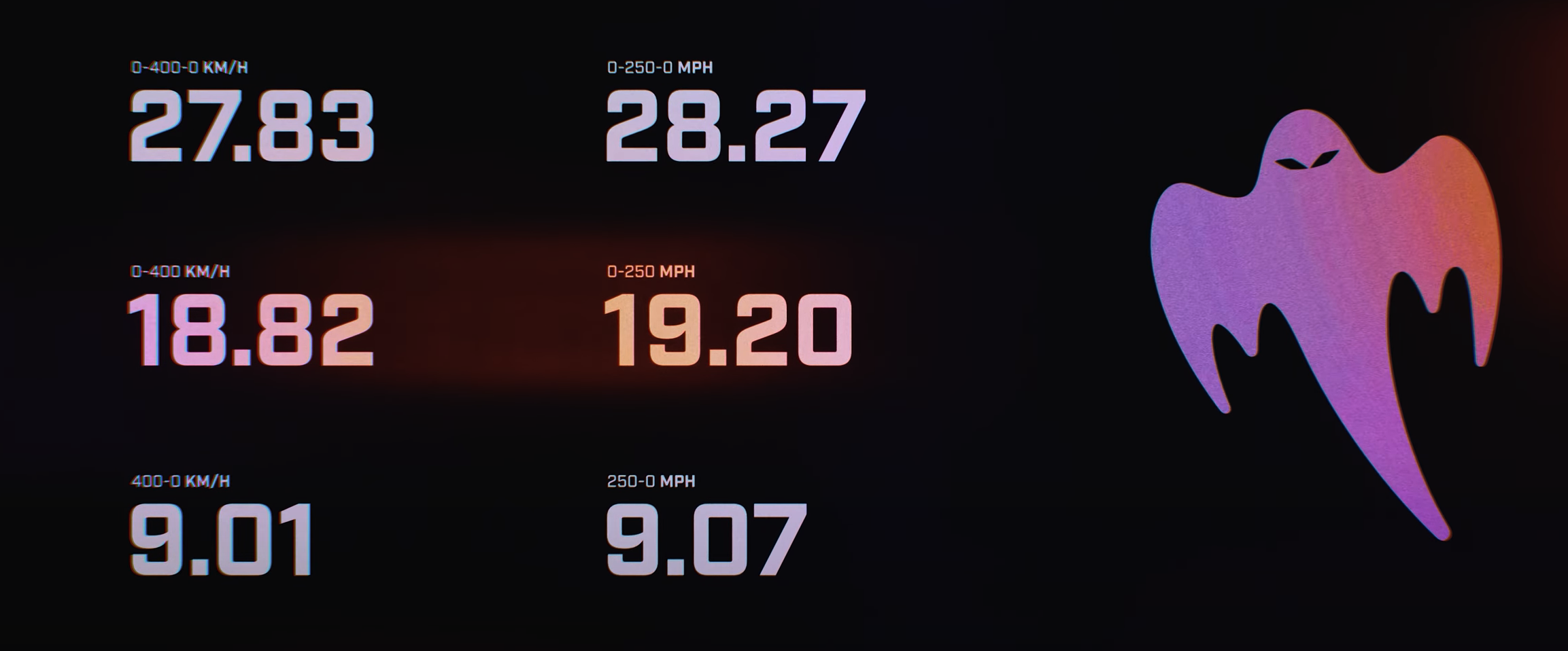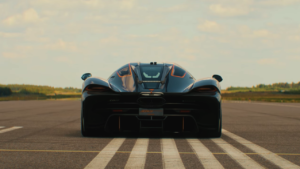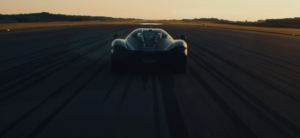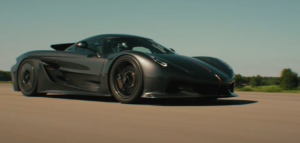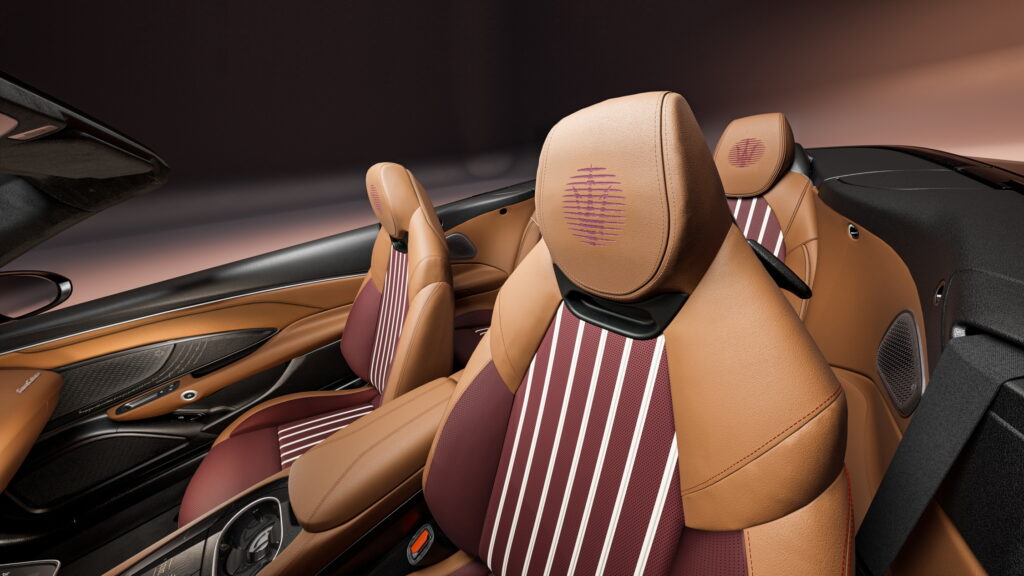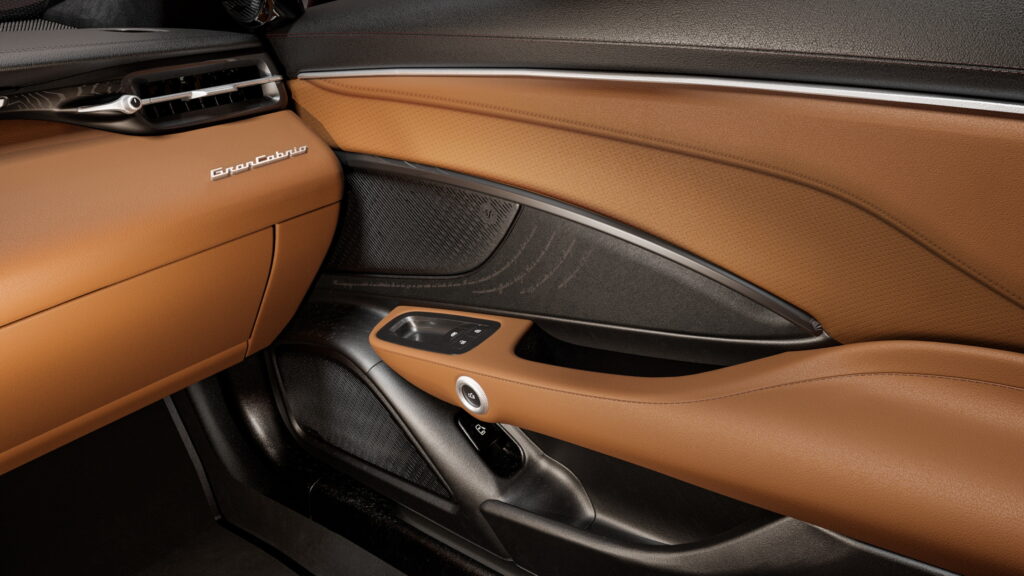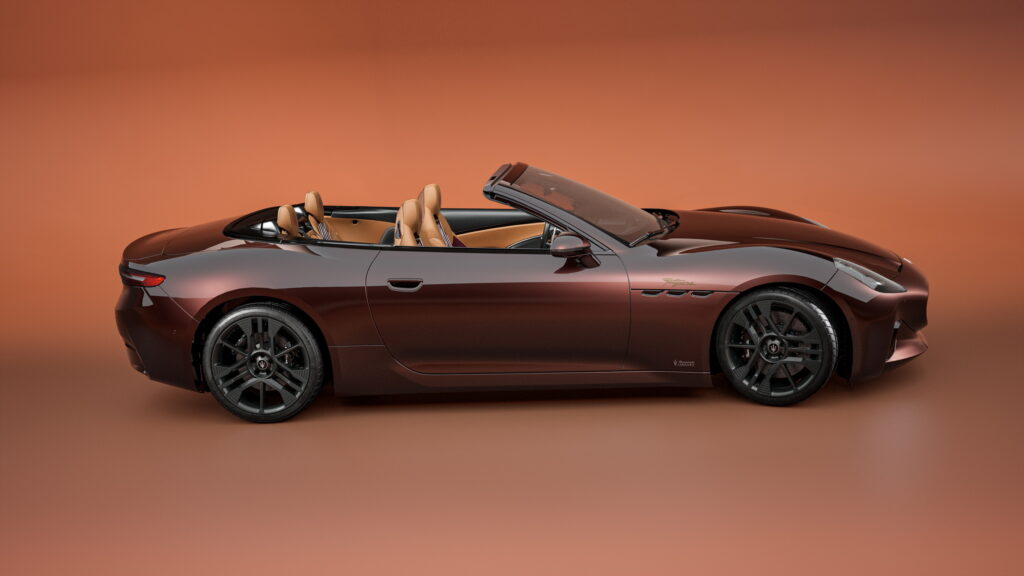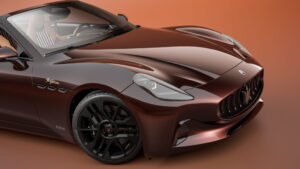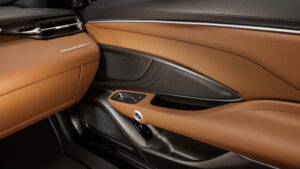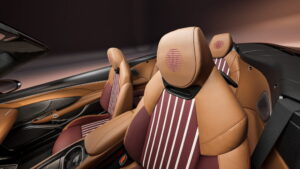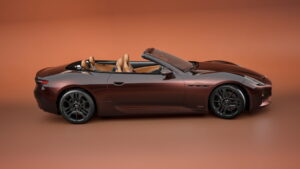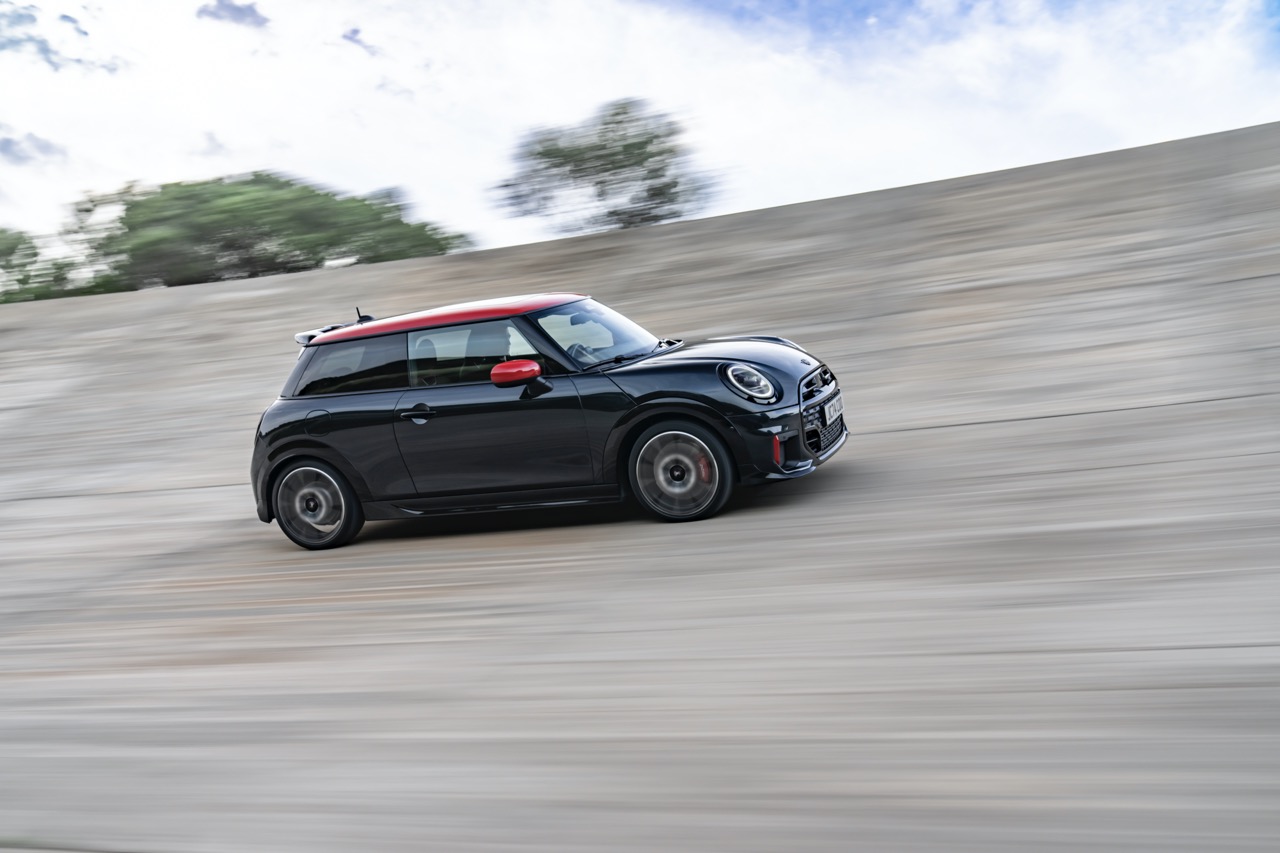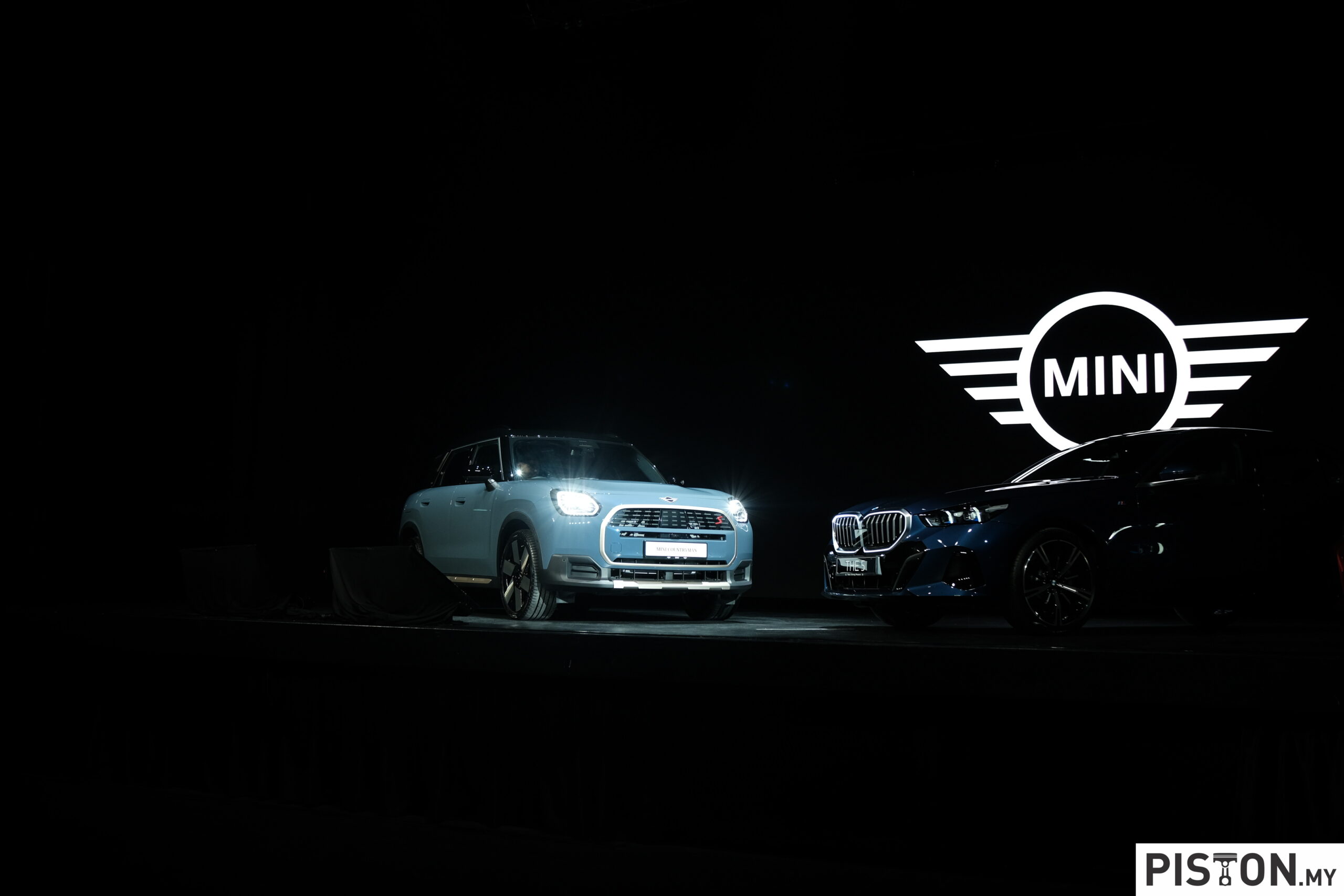In a world where hypercars continually push the boundaries of performance and exclusivity, the Koenigsegg Chimera stands out as a singular masterpiece. This one-of-a-kind creation, owned by FIA president Mohammed Ben Sulayem, traces its roots to the Agera RS but has undergone extensive modifications, now featuring the Jesko’s engine and borrowing the simulated manual transmission from the CC850.
Top Gear had the exclusive opportunity to get up close with this bespoke machine. Not content with owning a 1-of-25 Agera RS, the former rally driver enlisted Koenigsegg to transform his prized possession into a truly unique car. Thus, the Chimera was born, equipped with a twin-turbo V8 that produces 1,280hp on petrol and an astonishing 1,600hp on E85.
A Lightweight Marvel
The Chimera impresses not only with its power but also with its weight. Compared to the Jesko, it is approximately 100kg lighter, tipping the scales at a remarkably low 1,295kg. This weight reduction enhances its performance, making it a formidable presence on the road.
Transmission Innovations
The Chimera features a nine-speed automatic transmission, similar to the Jesko, but with a twist. It incorporates a six-speed gated manual from the CC850, complete with a clutch pedal for added driver engagement. This unique setup allows the driver to artificially row their own gears and even stall the car, as demonstrated by Koenigsegg’s founder, Christian von Koenigsegg. Additionally, the Chimera is the only Koenigsegg to feature shift paddles behind the steering wheel, although the CC850 will also be available with this option soon.
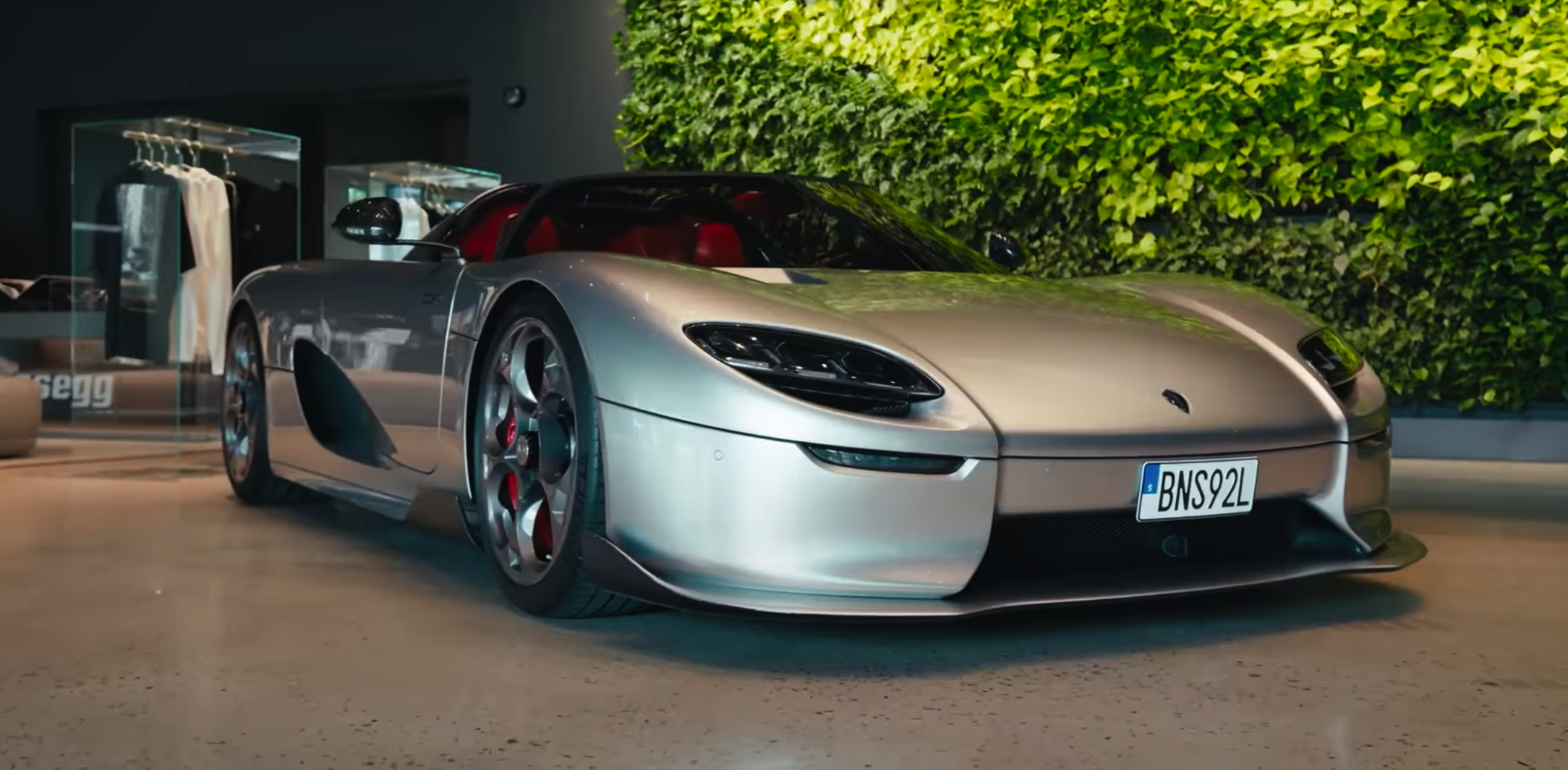
Complex Engineering Feat
Fusing elements from three different Koenigsegg models into one car was no easy task, especially since the Agera dates back to 2010. The electronics had to be completely revamped to ensure seamless integration of new and existing components. The batteries were relocated, and the original cable harnesses were replaced to accommodate the advanced hardware.
A True Collector’s Item
Mohammed Ben Sulayem, who also has a Jesko and a CC850 on order, is a long-term Koenigsegg client. The brand’s head honcho acknowledges that it might make more financial sense to buy a new car with such advanced features rather than modify an existing one. However, the uniqueness of the Chimera ensures there will never be another car quite like it. Koenigsegg remains open to creating bespoke vehicles for deep-pocketed buyers seeking something extraordinary.
The Perfect Name
The name “Chimera” is fitting, drawing inspiration from the mythical Greek monster with a lion’s head, a goat’s body, and a serpent’s tail. Koenigsegg’s latest gem is also a hybrid in its own right, blending elements from the Agera RS, Jesko, and CC850 into a seamless whole. While the Agera RS branding is gone, the VIN remains unchanged, preserving its legacy.
A Unique Legacy
Koenigsegg is not the first exotic brand to upgrade an existing car and give it a new name. Pagani has created numerous Zondas based on older models with more powerful engines, improved aerodynamics, and other enhancements. However, the Koenigsegg Chimera stands alone in its remarkable fusion of cutting-edge technology and bespoke craftsmanship, embodying the pinnacle of automotive innovation and exclusivity.




